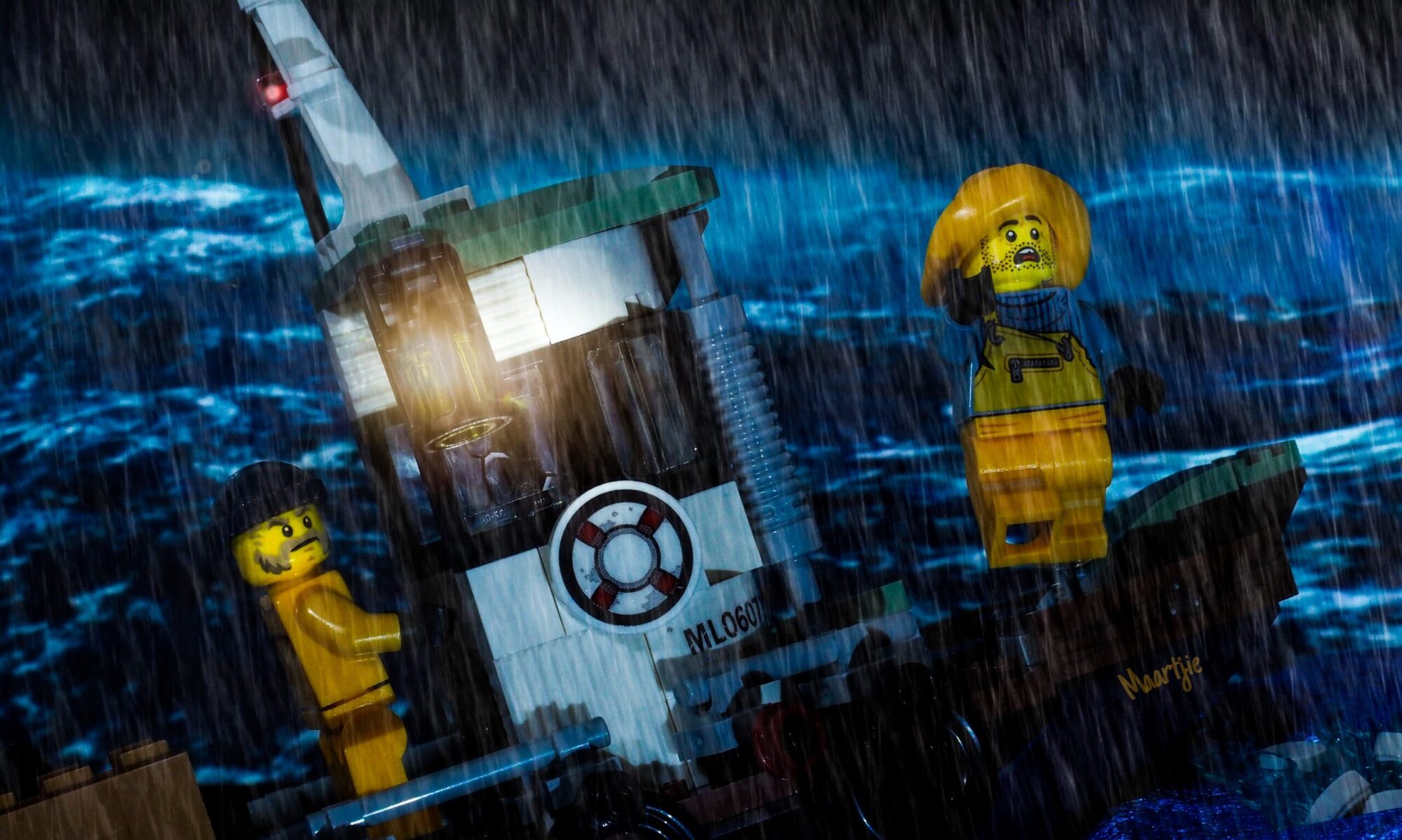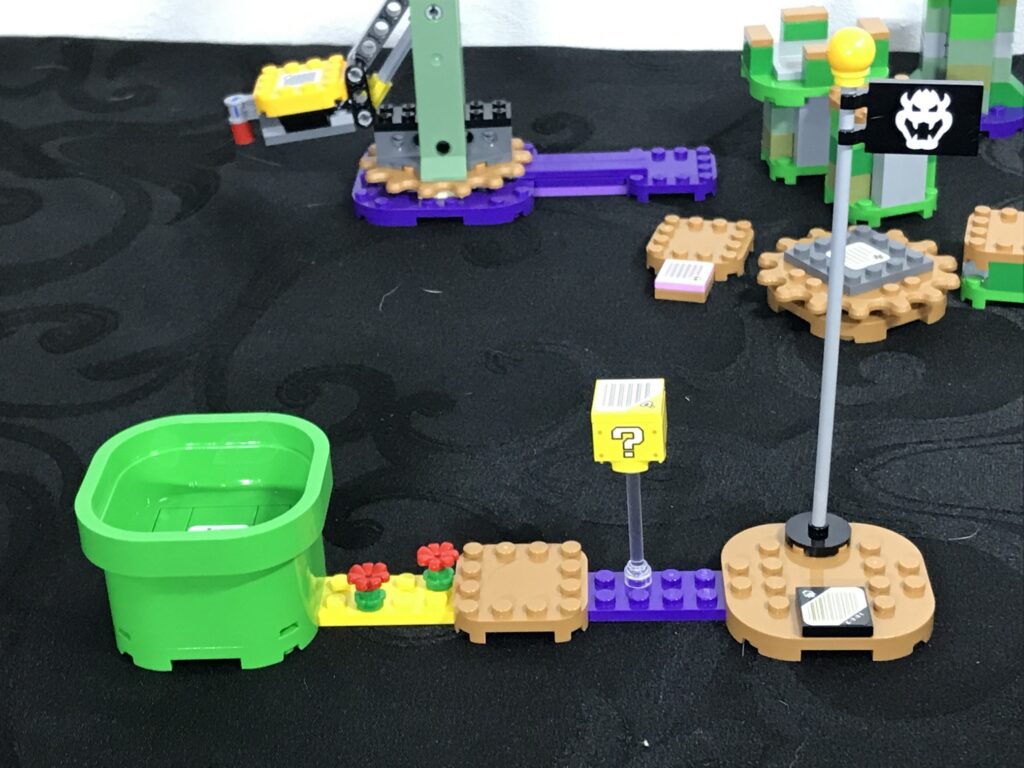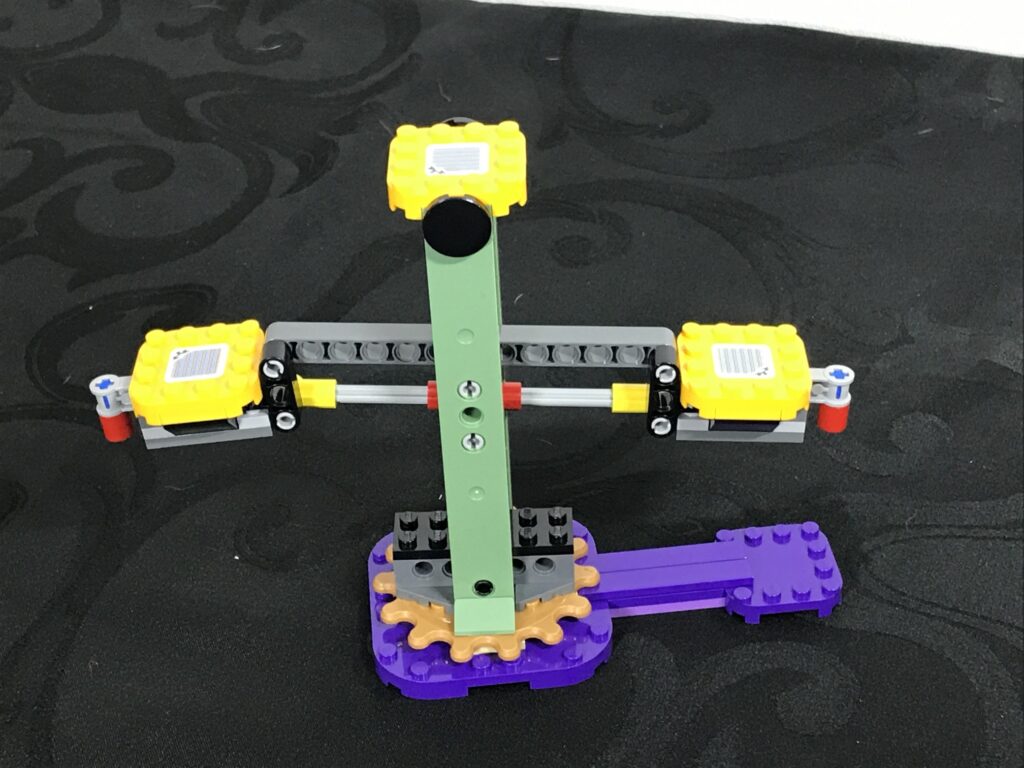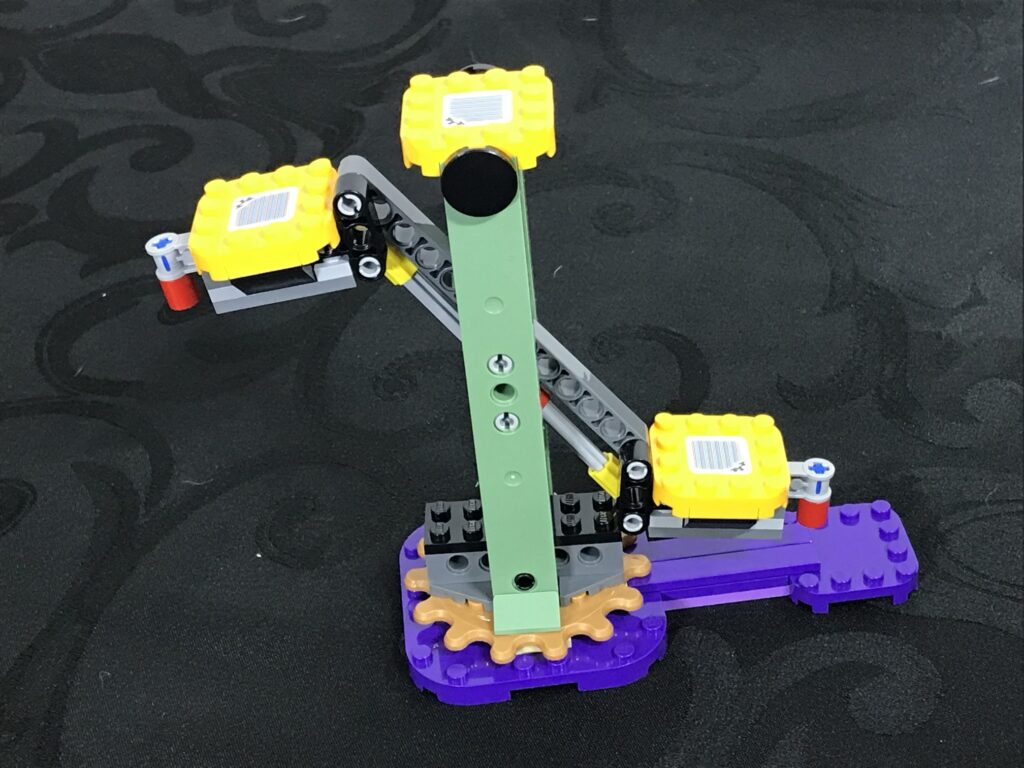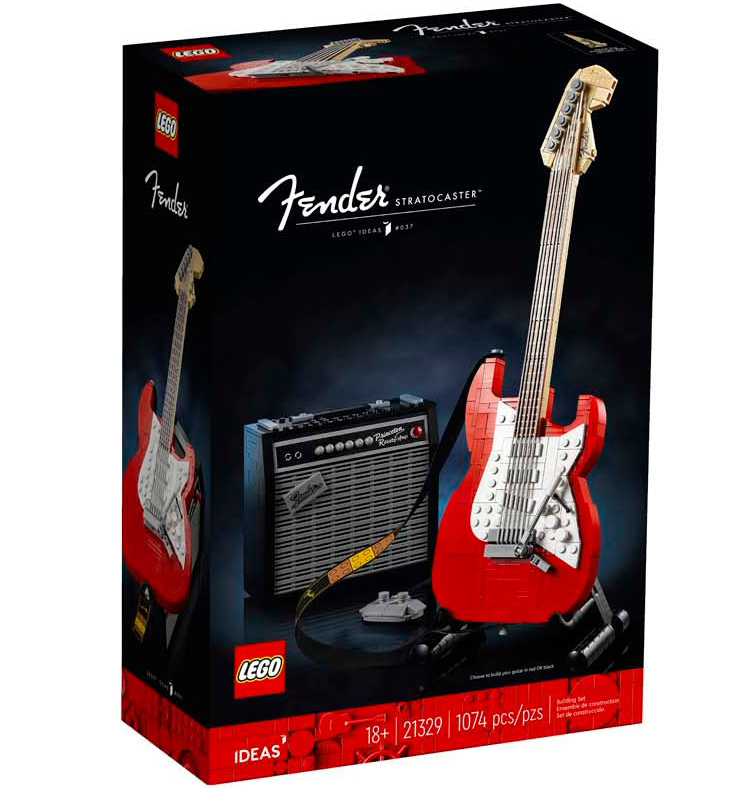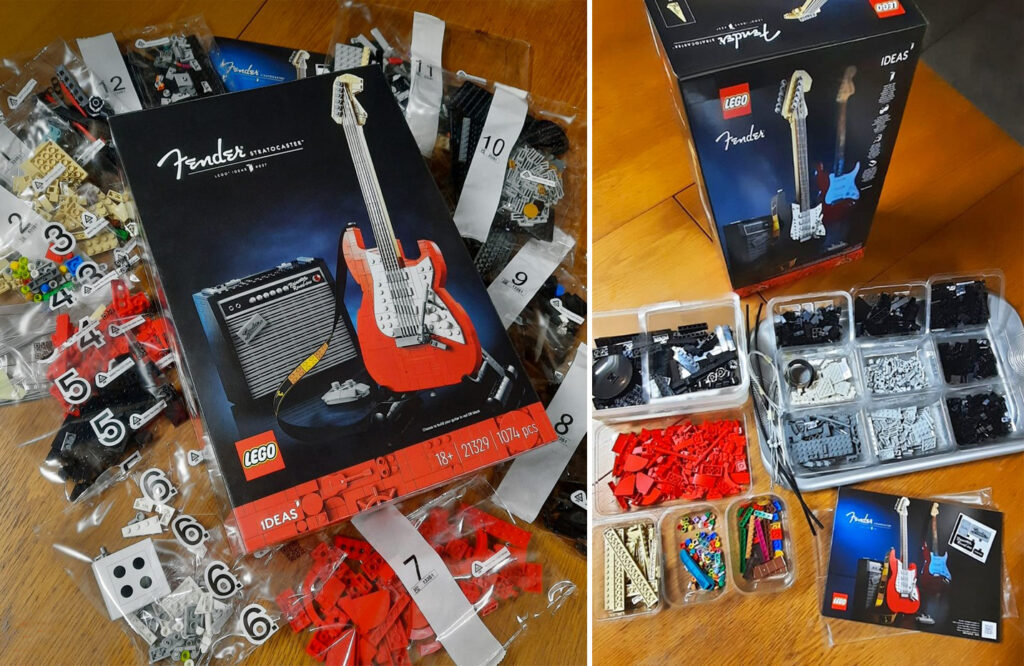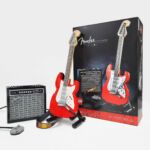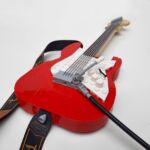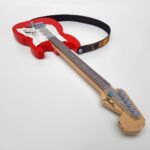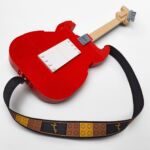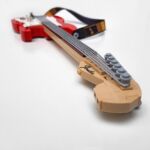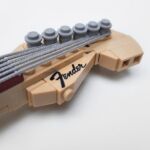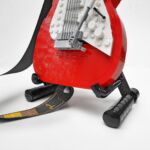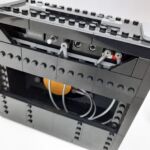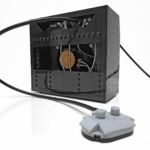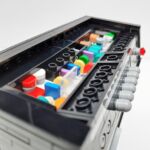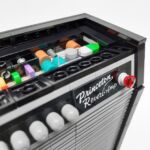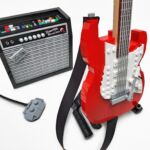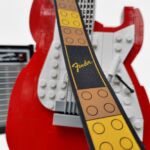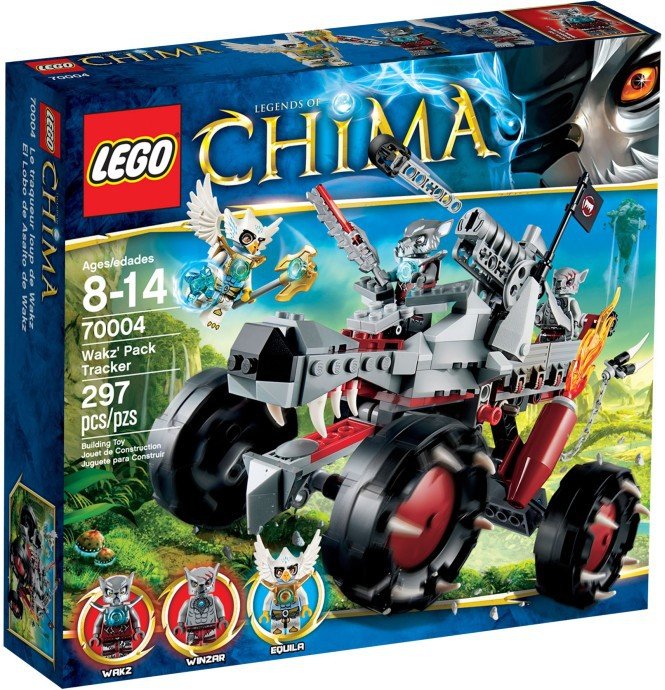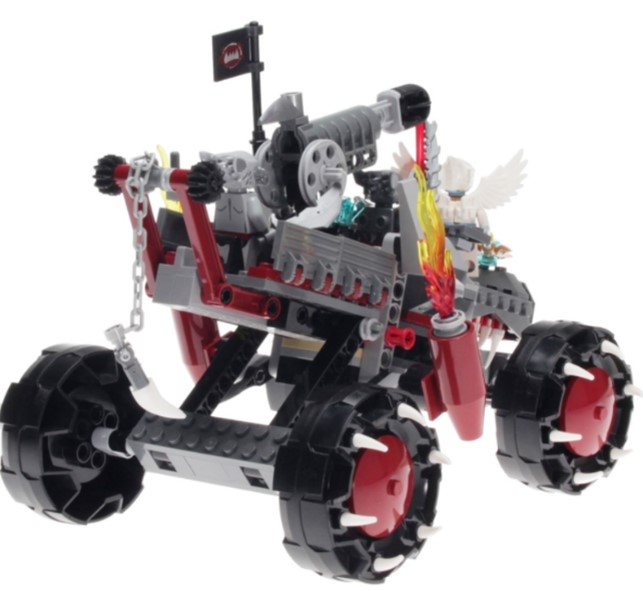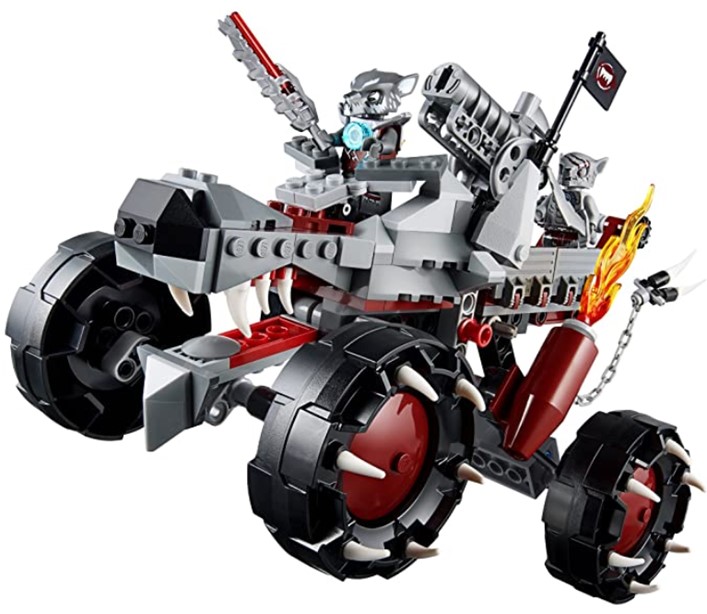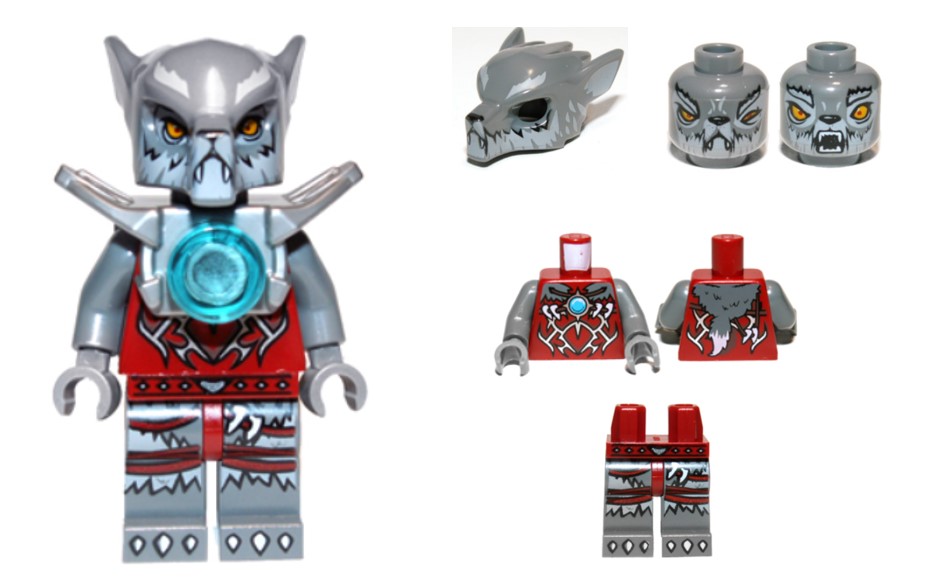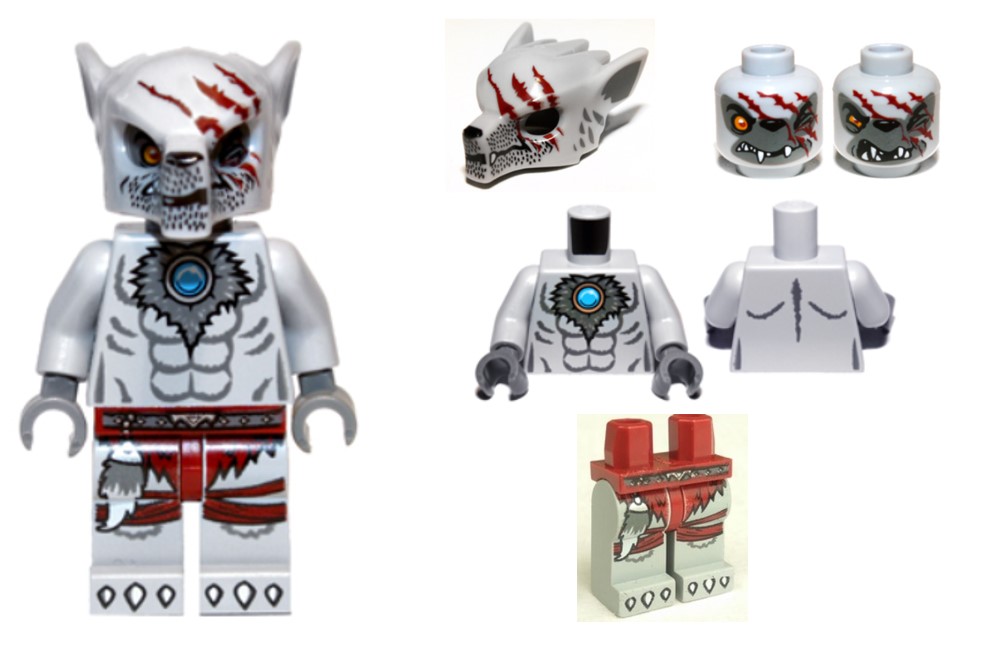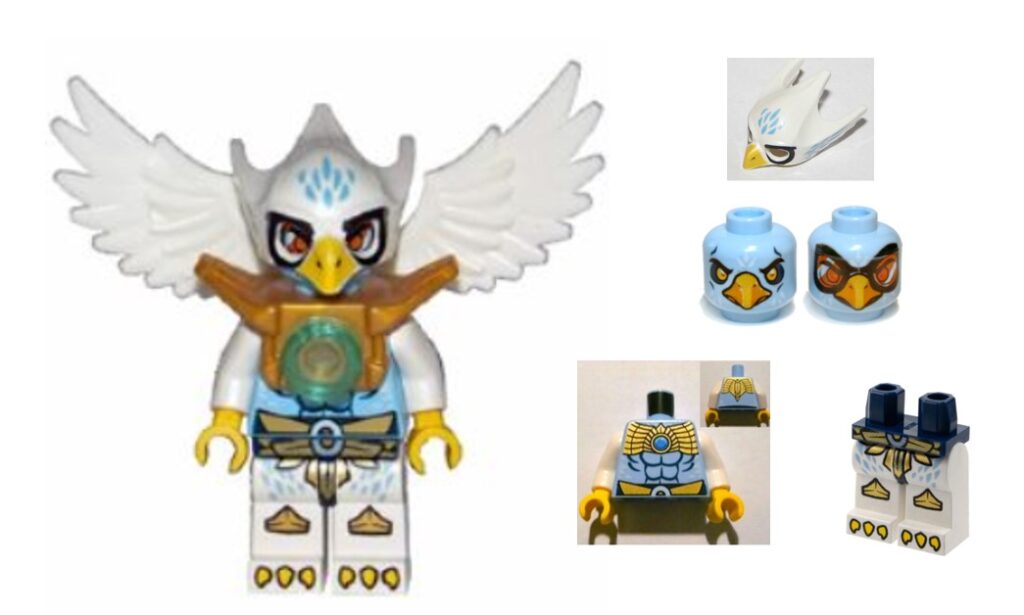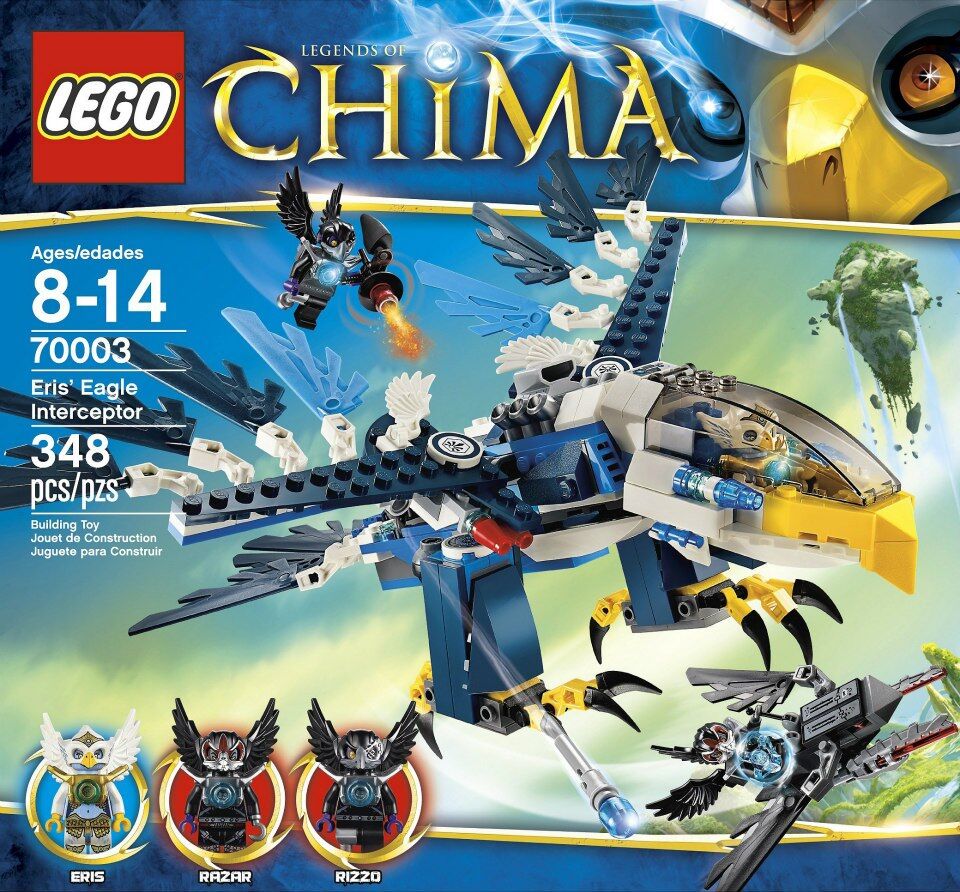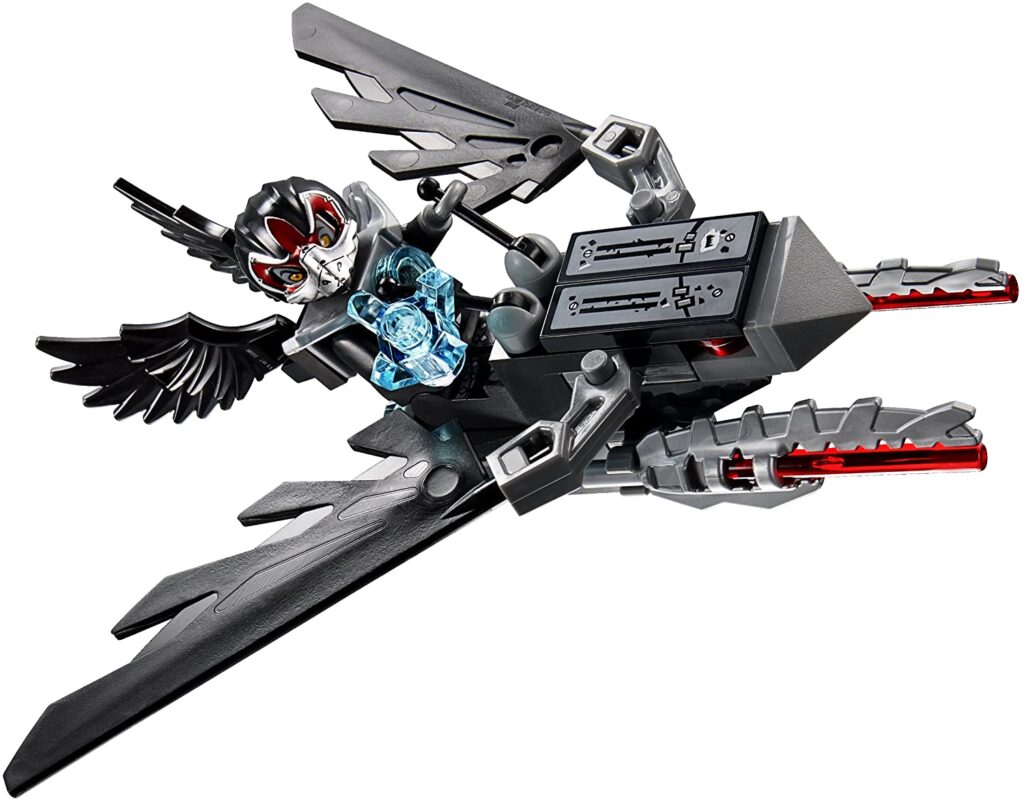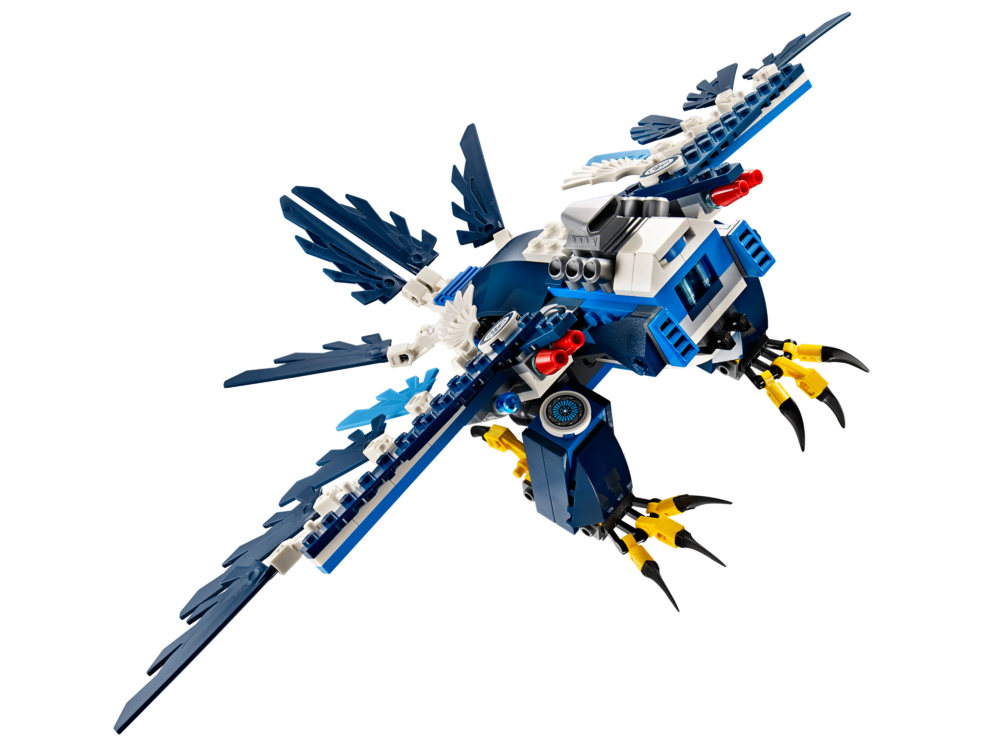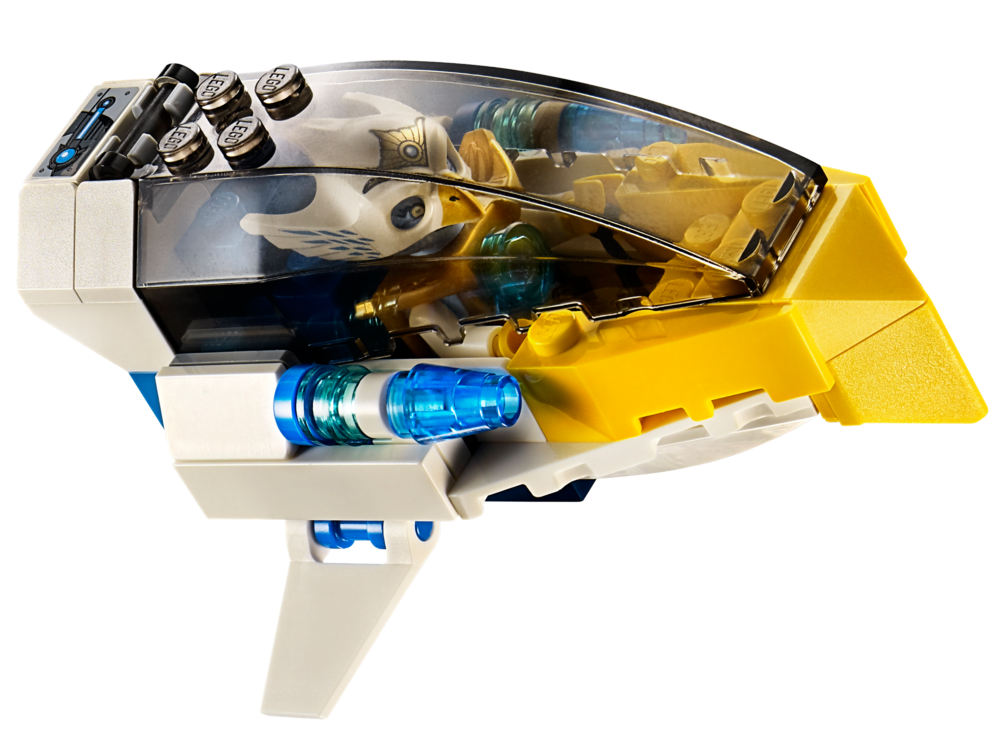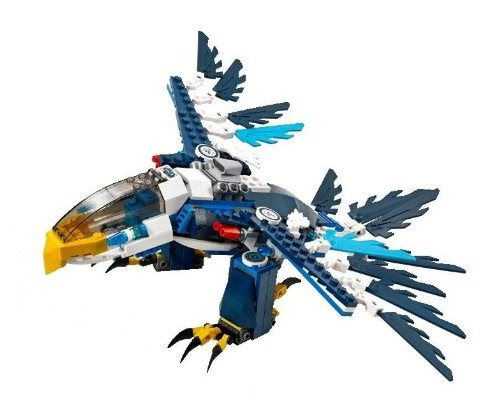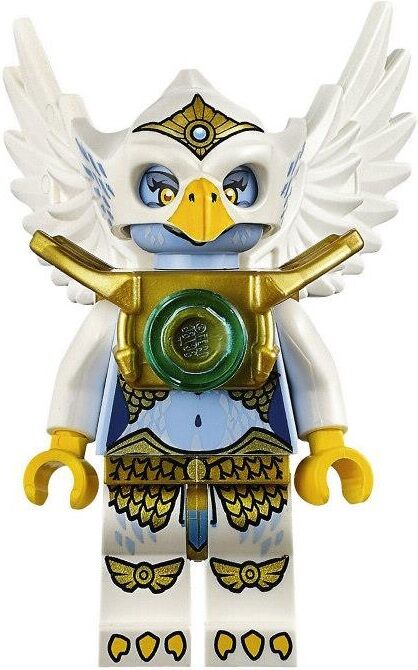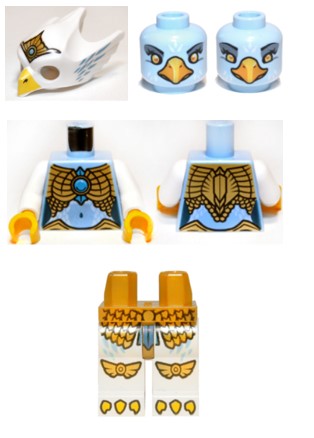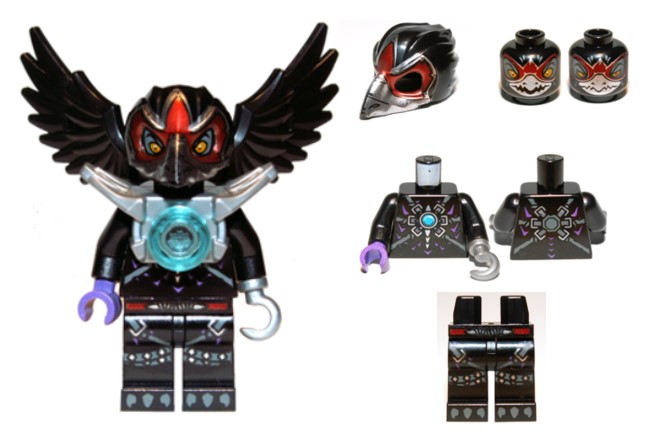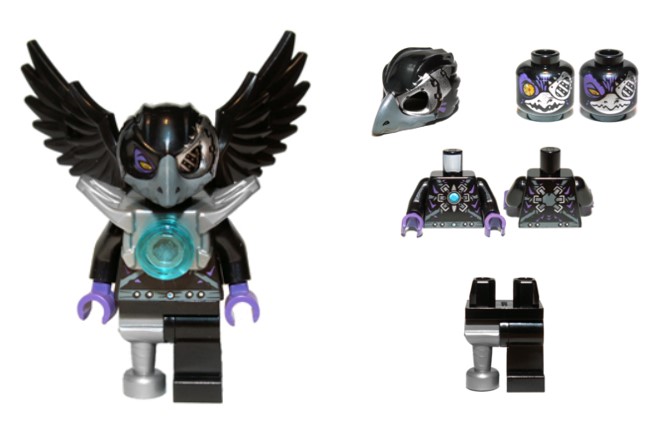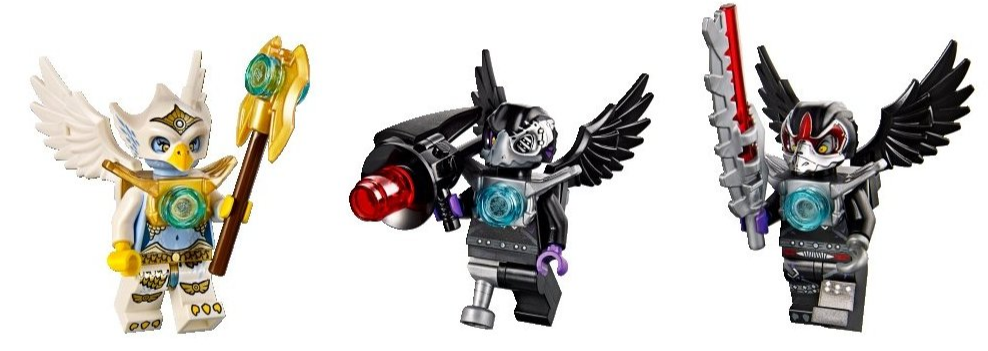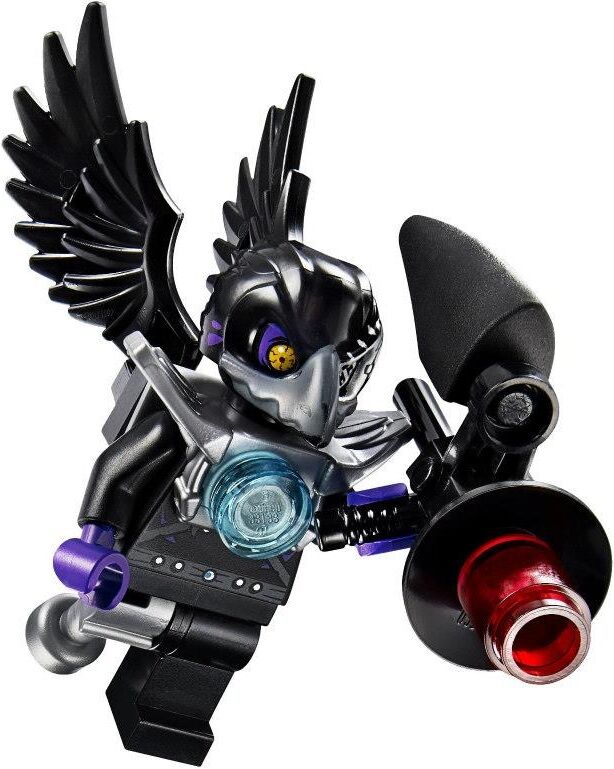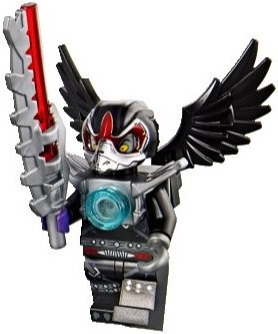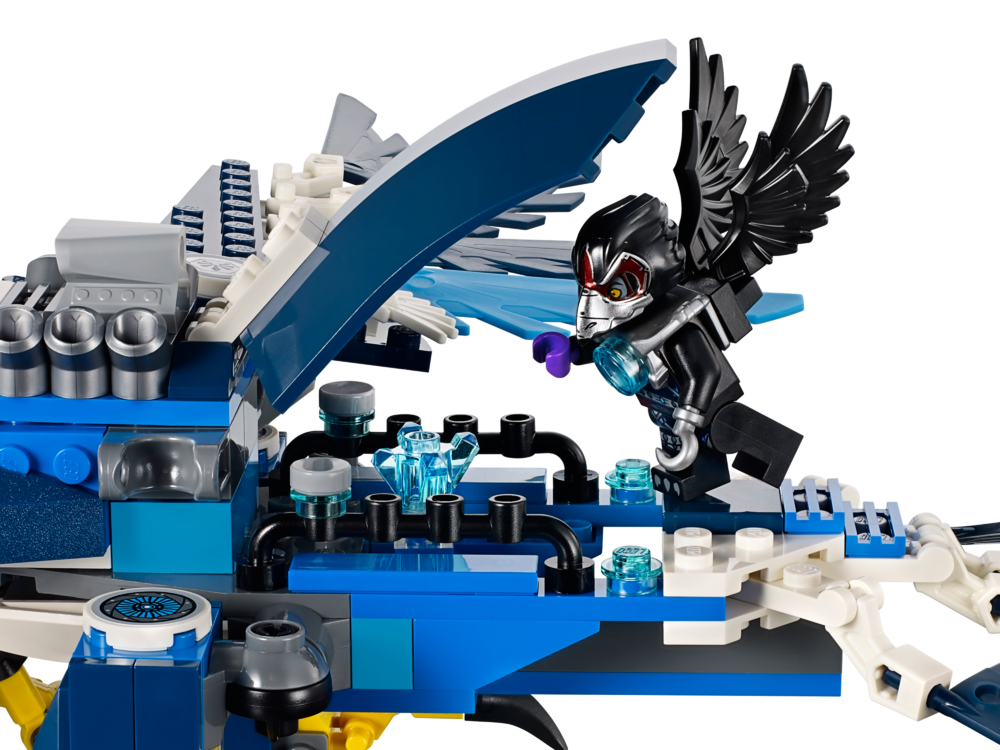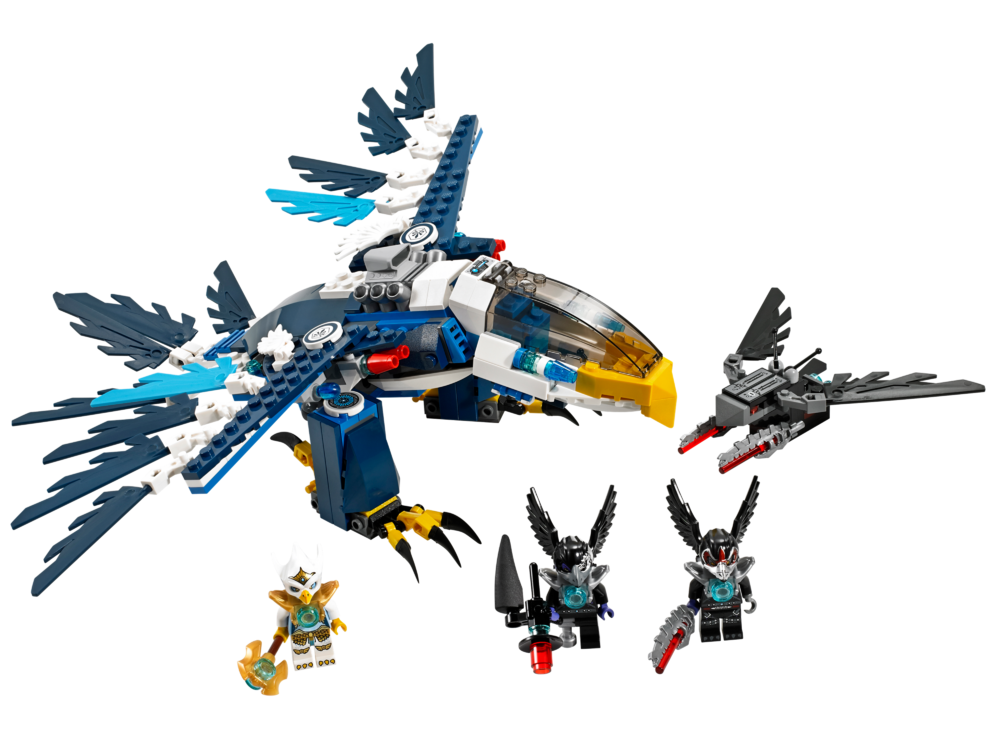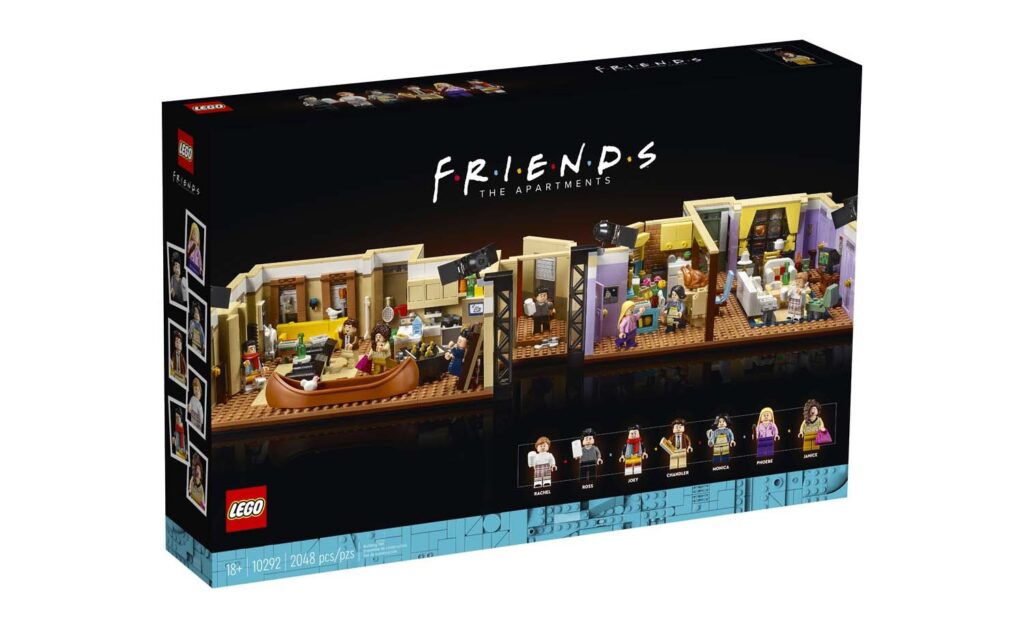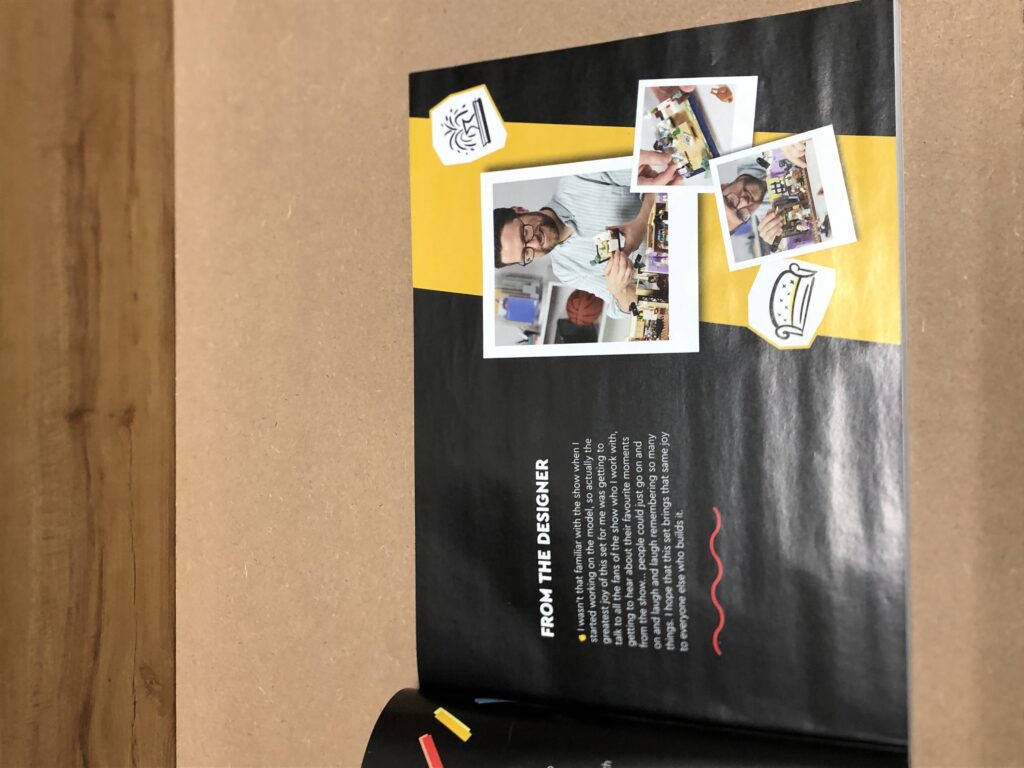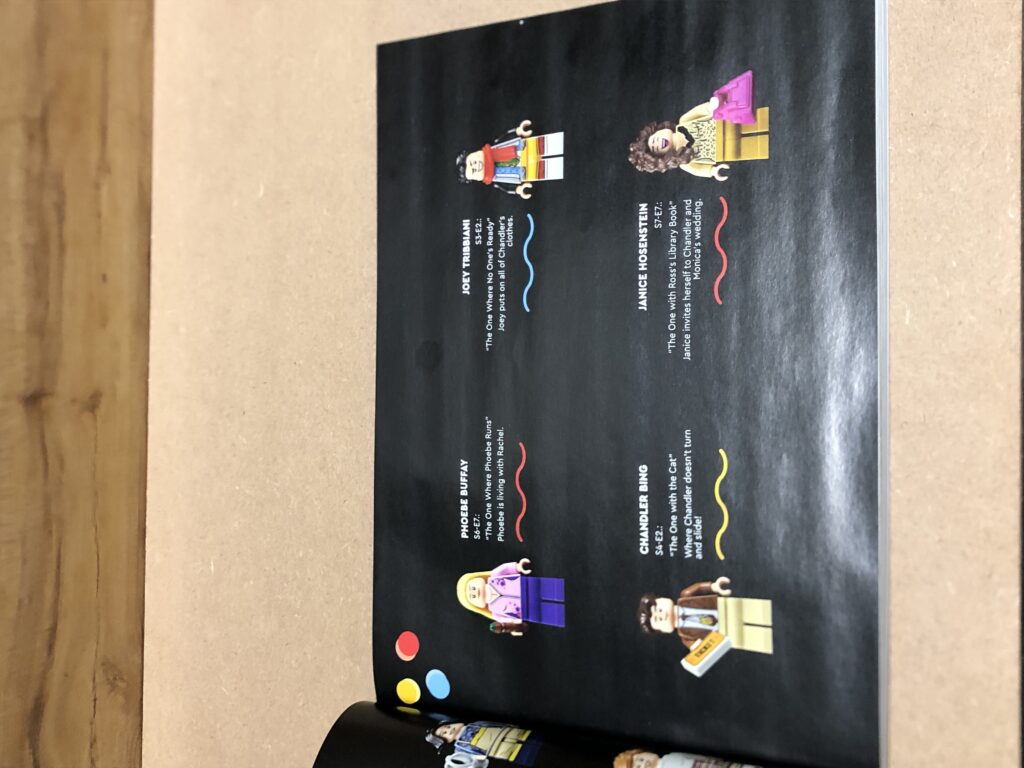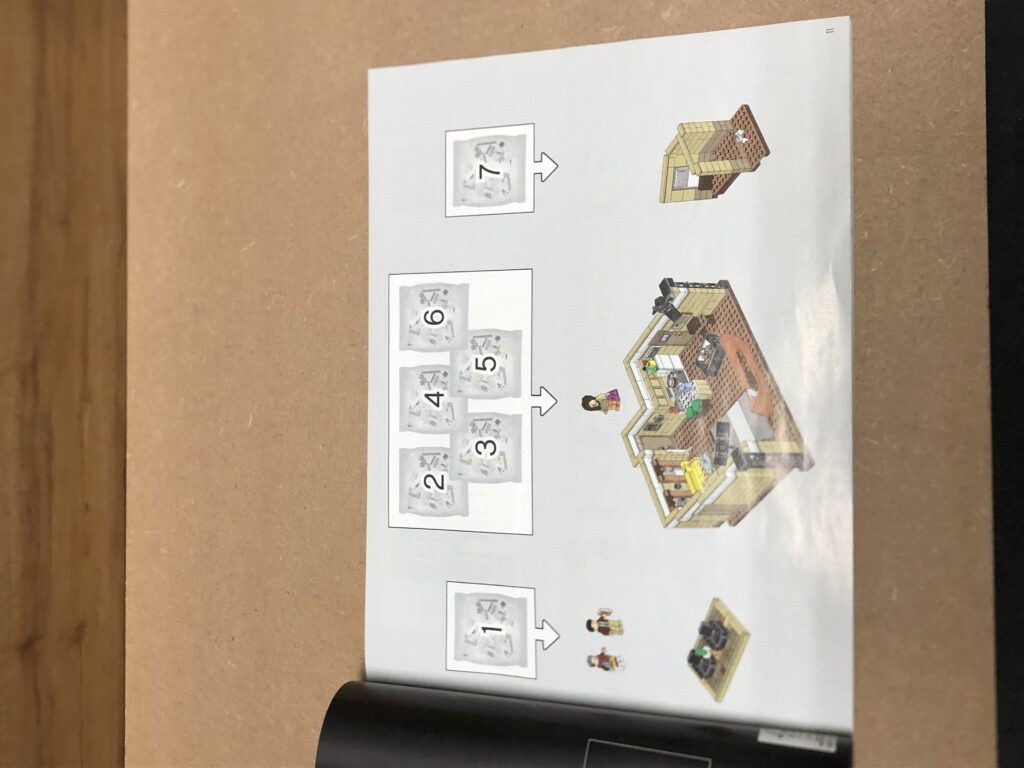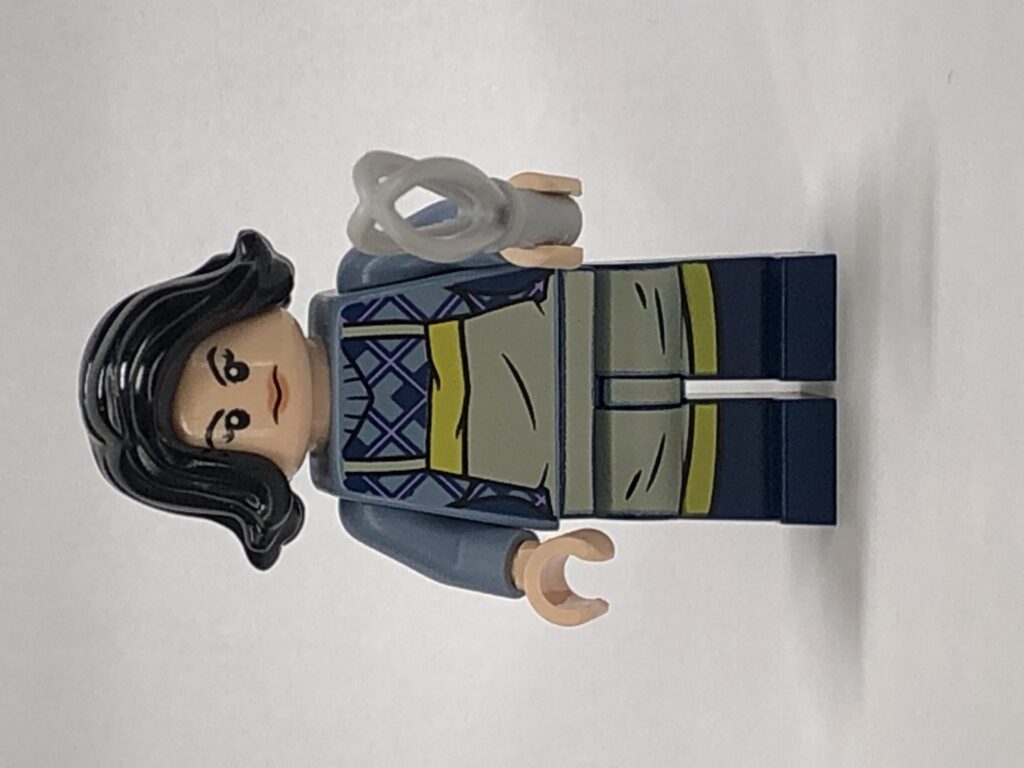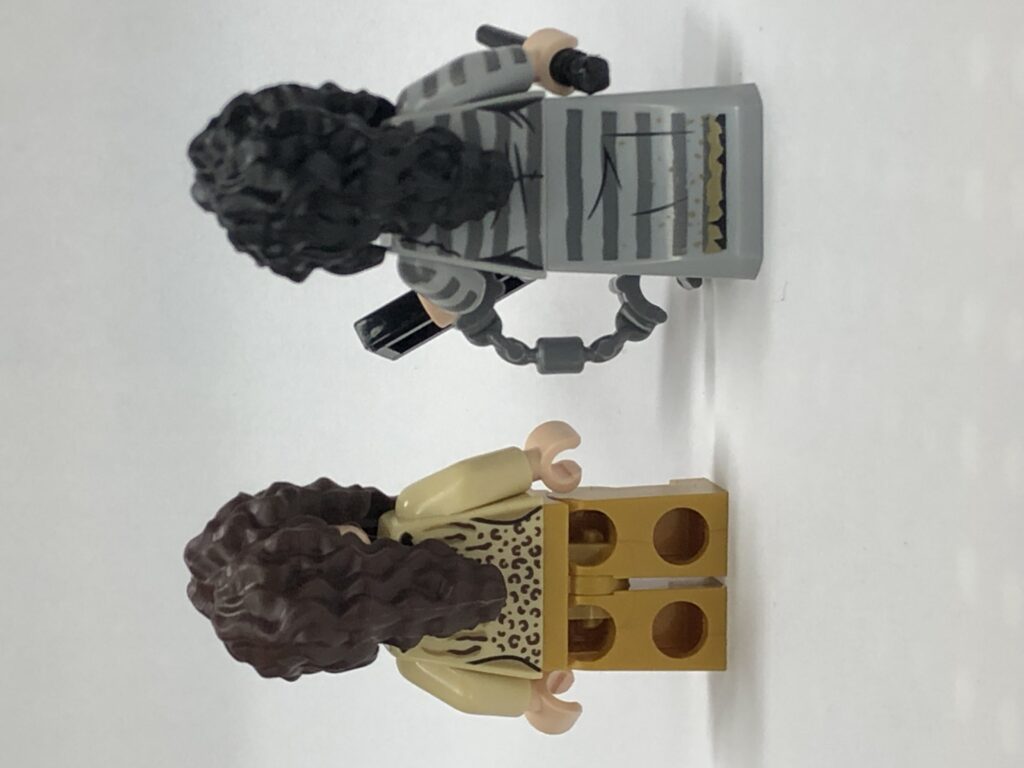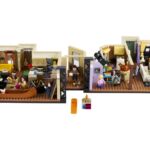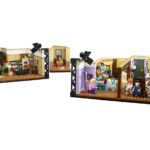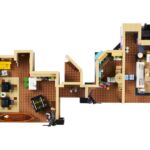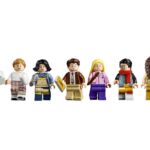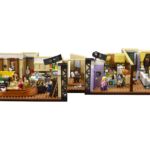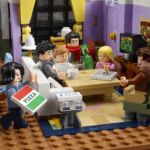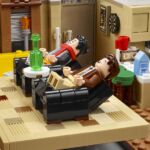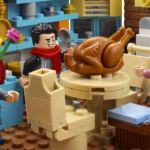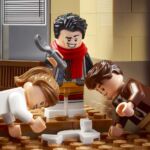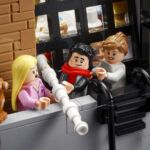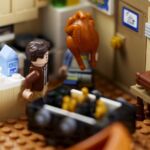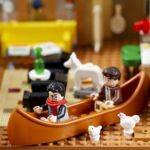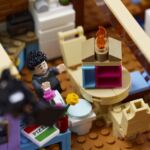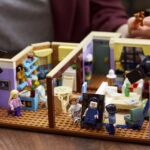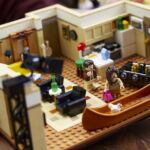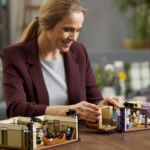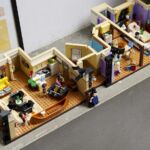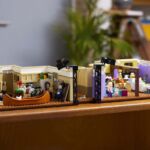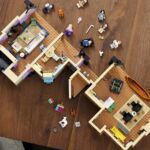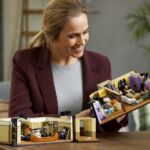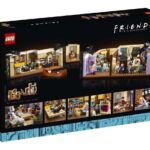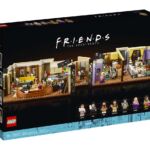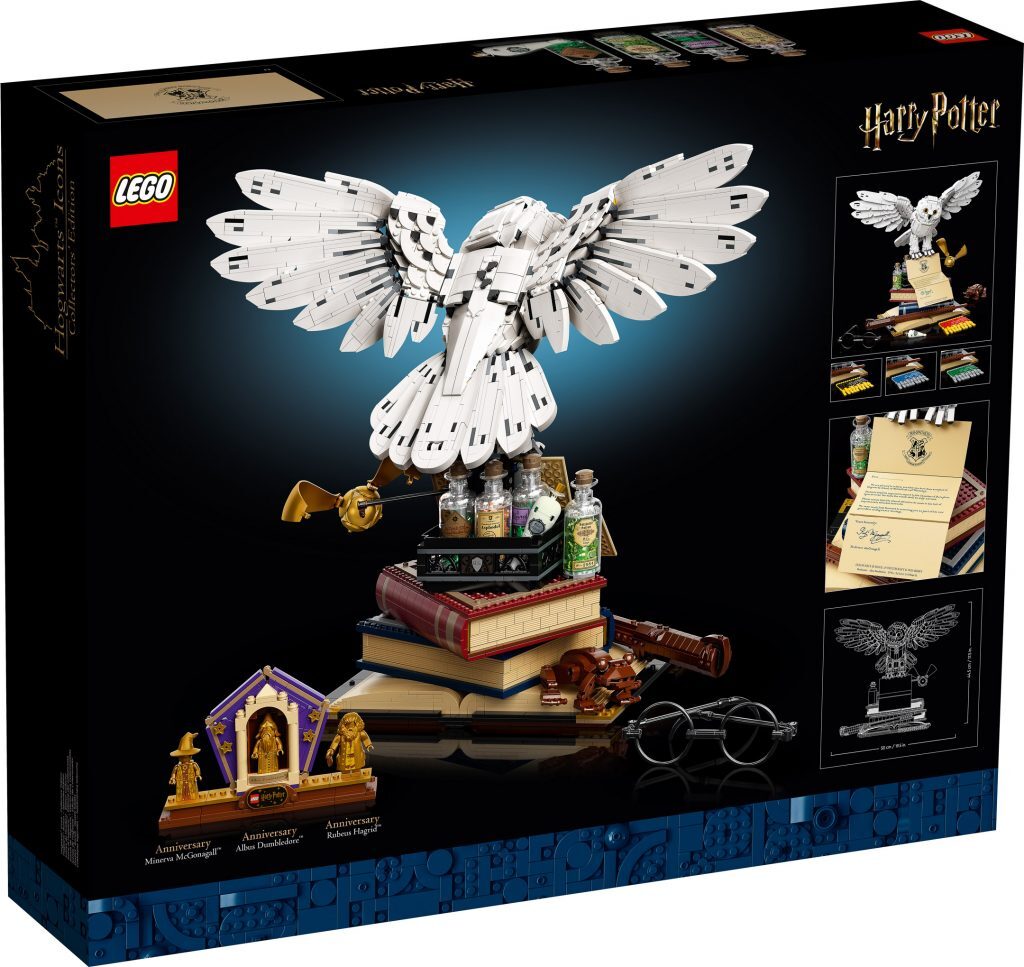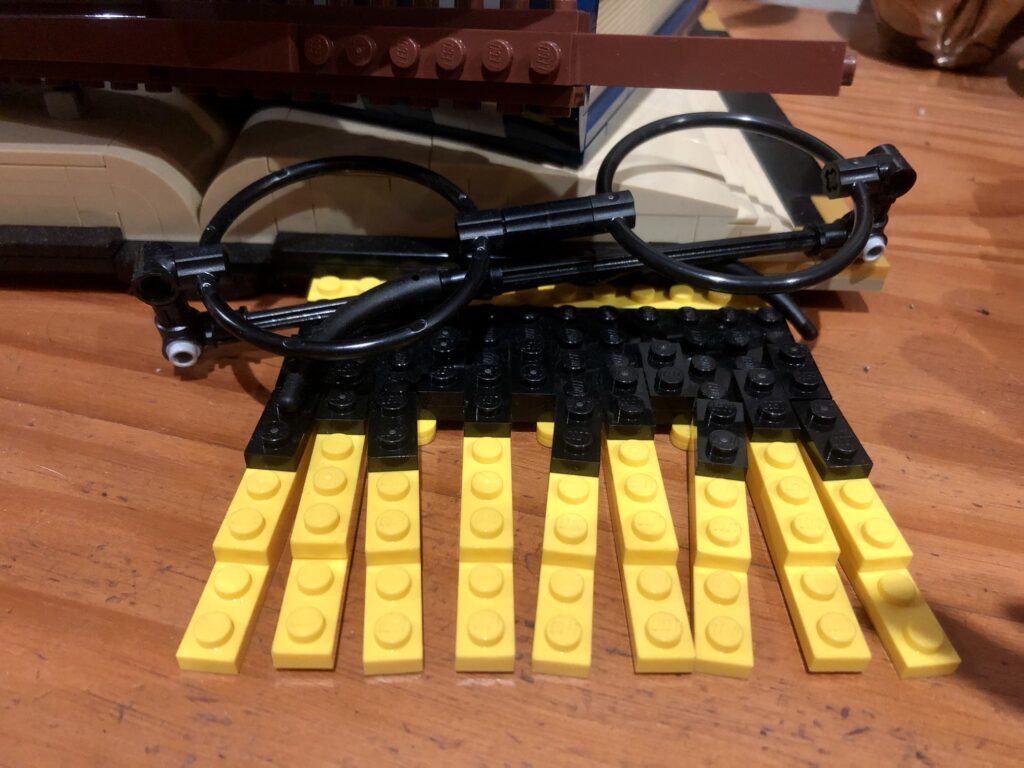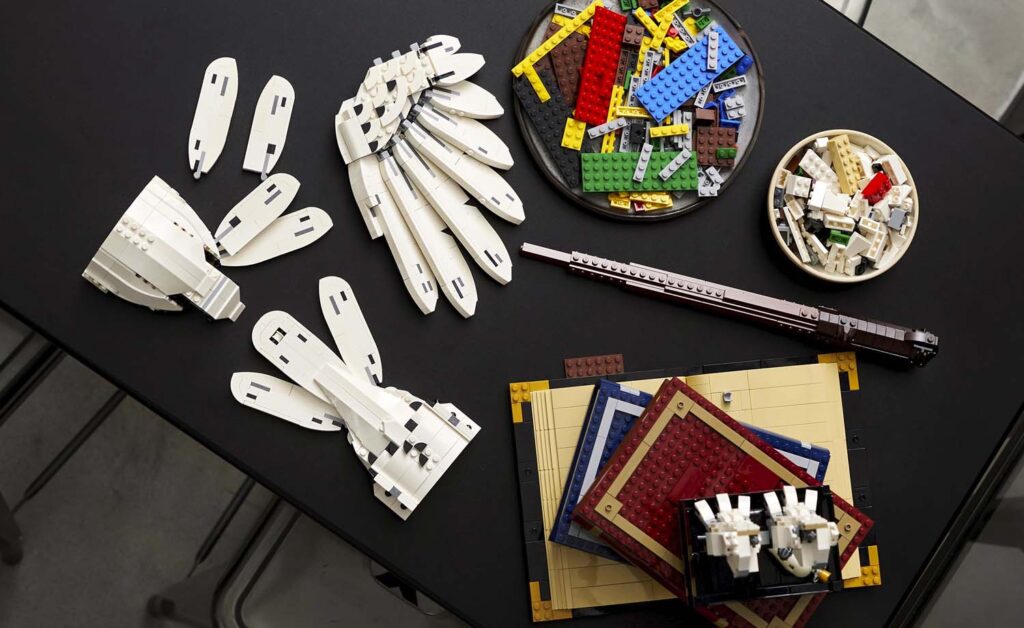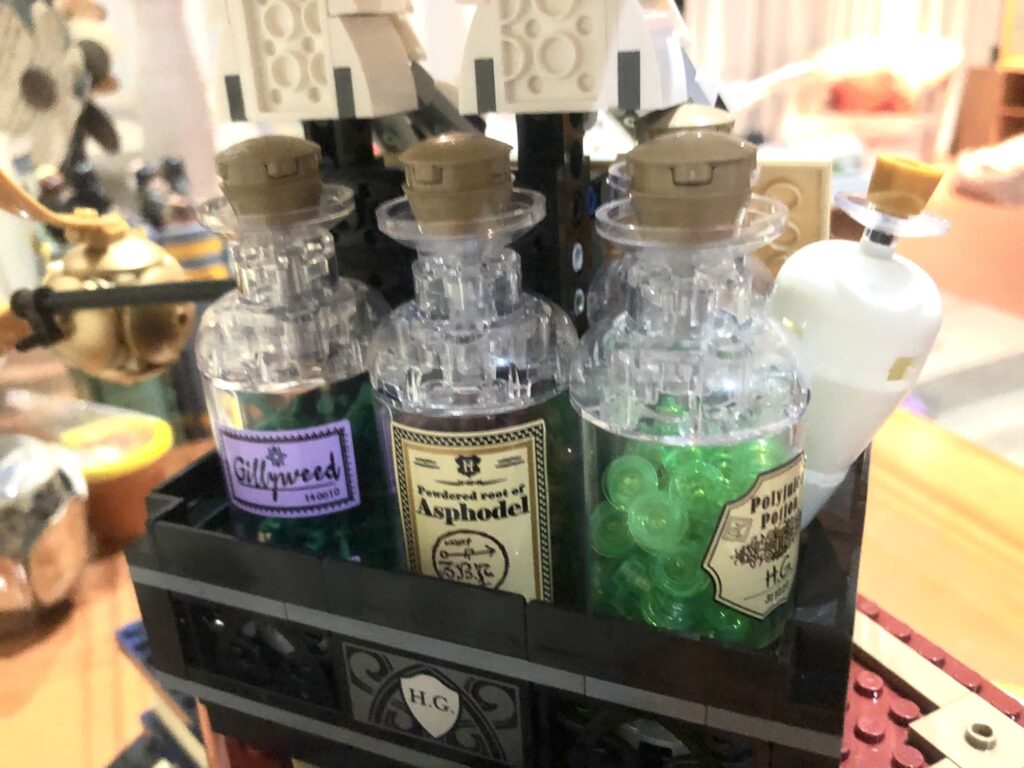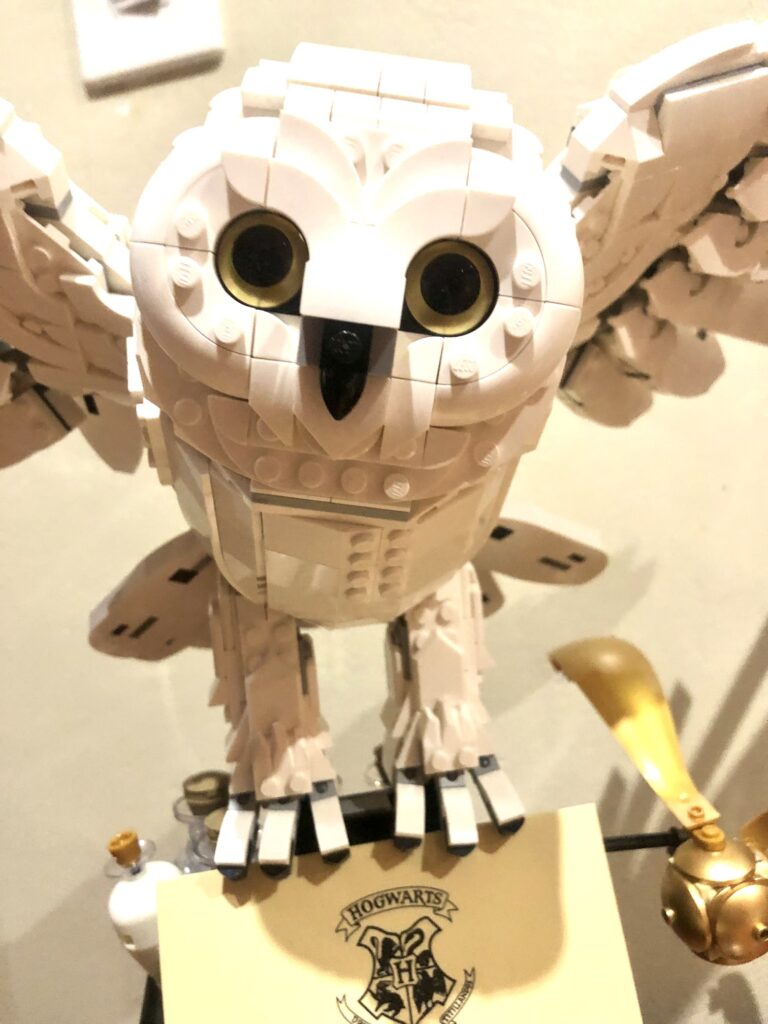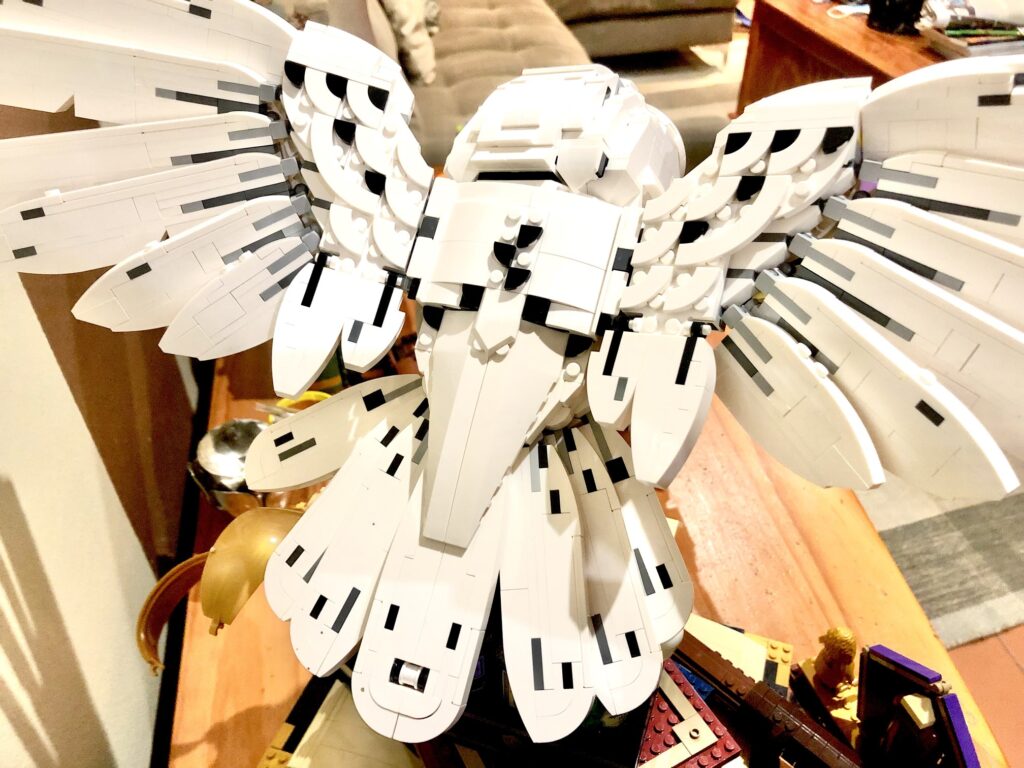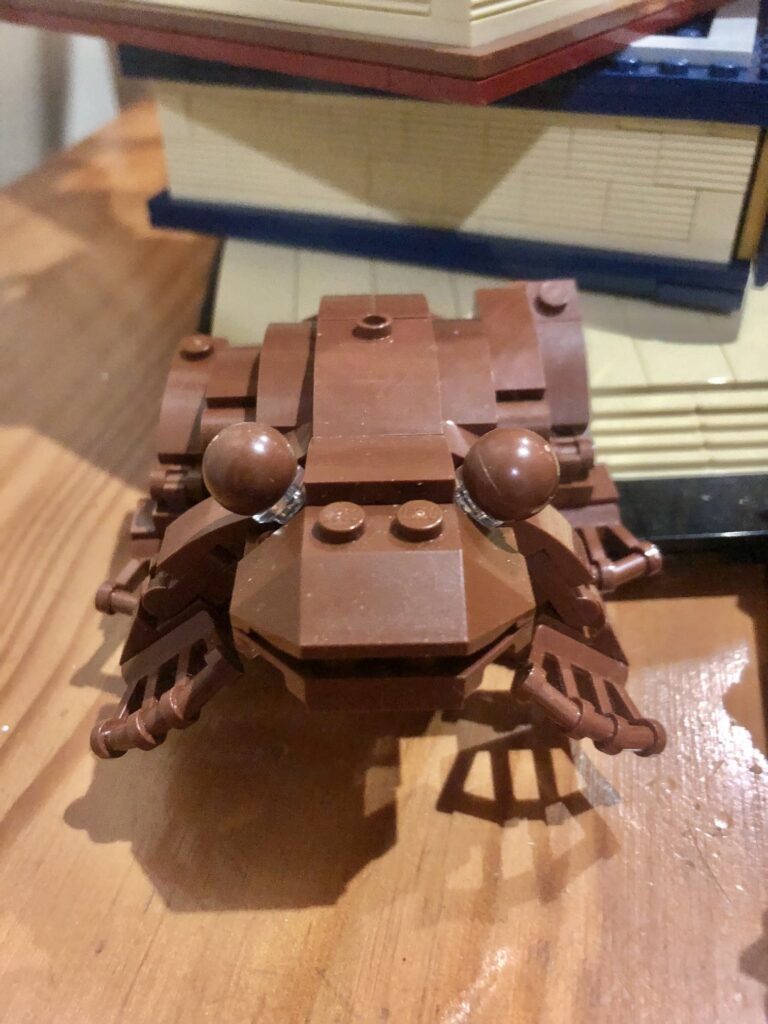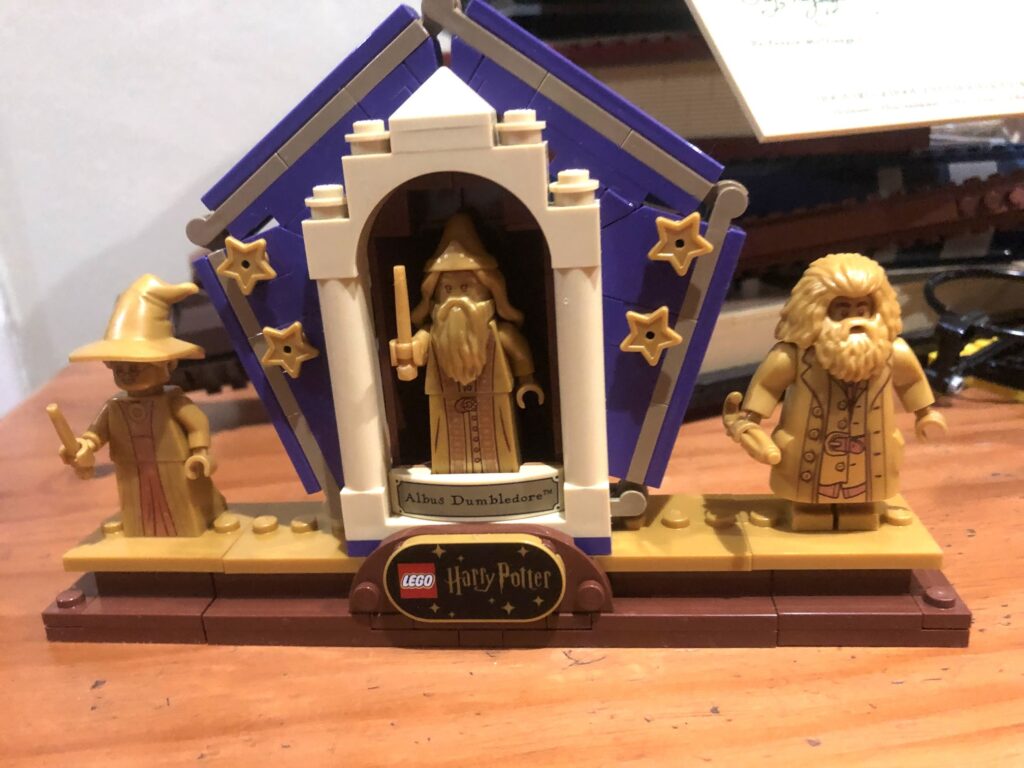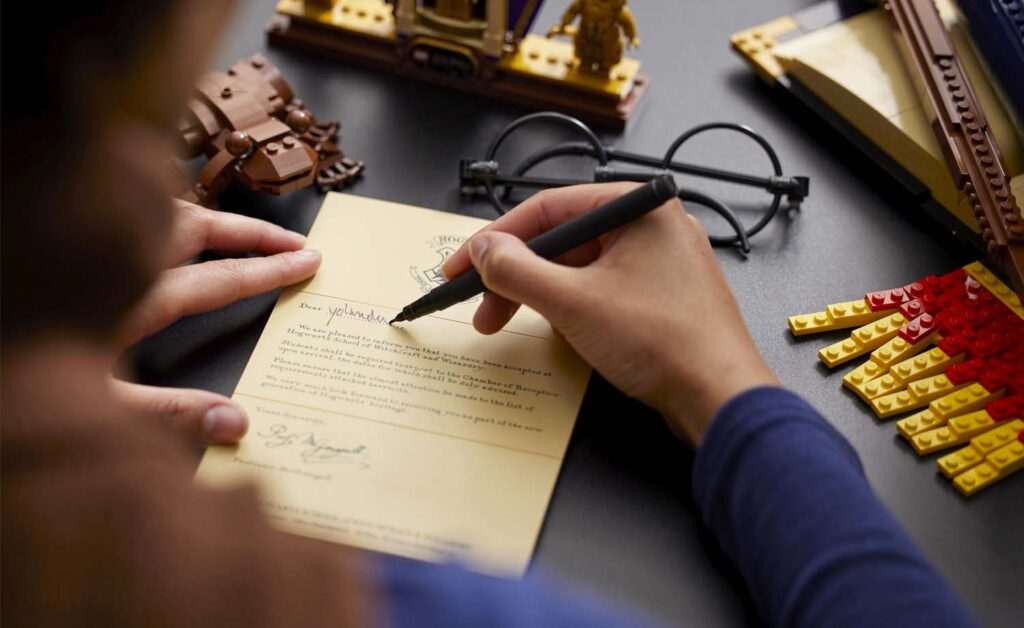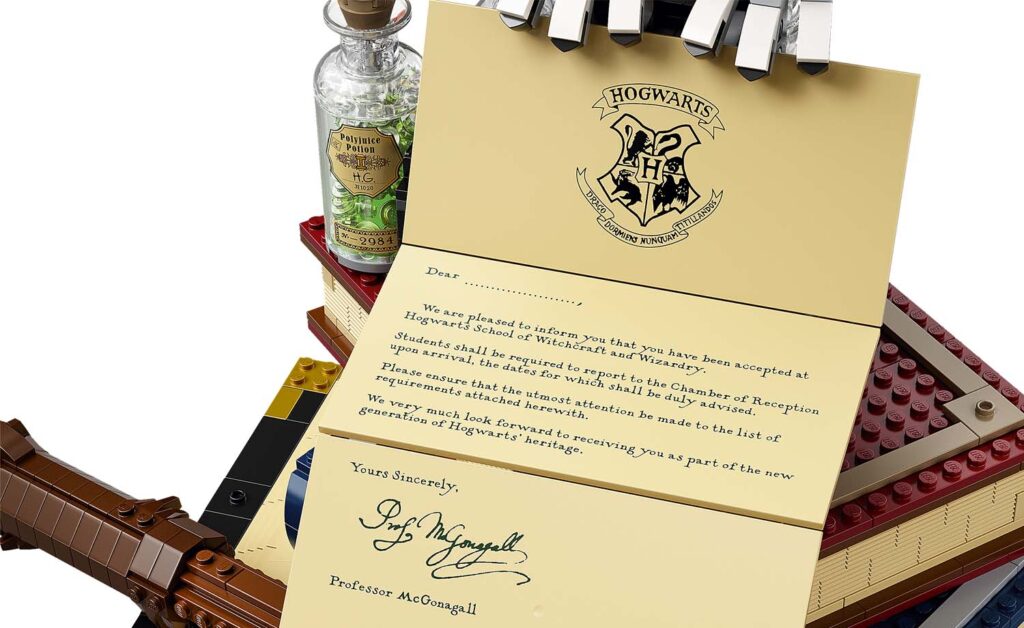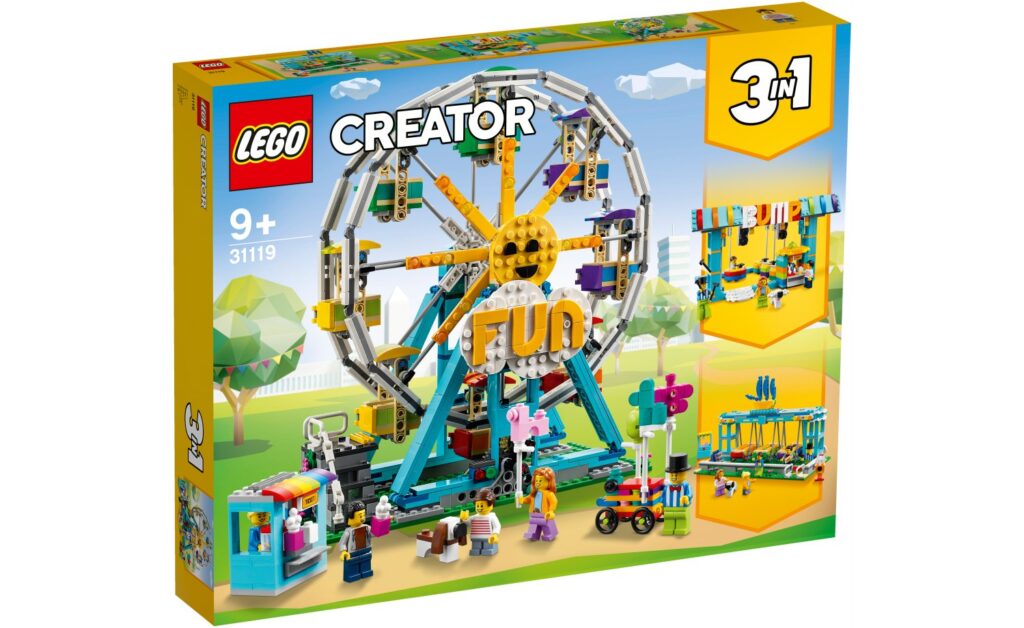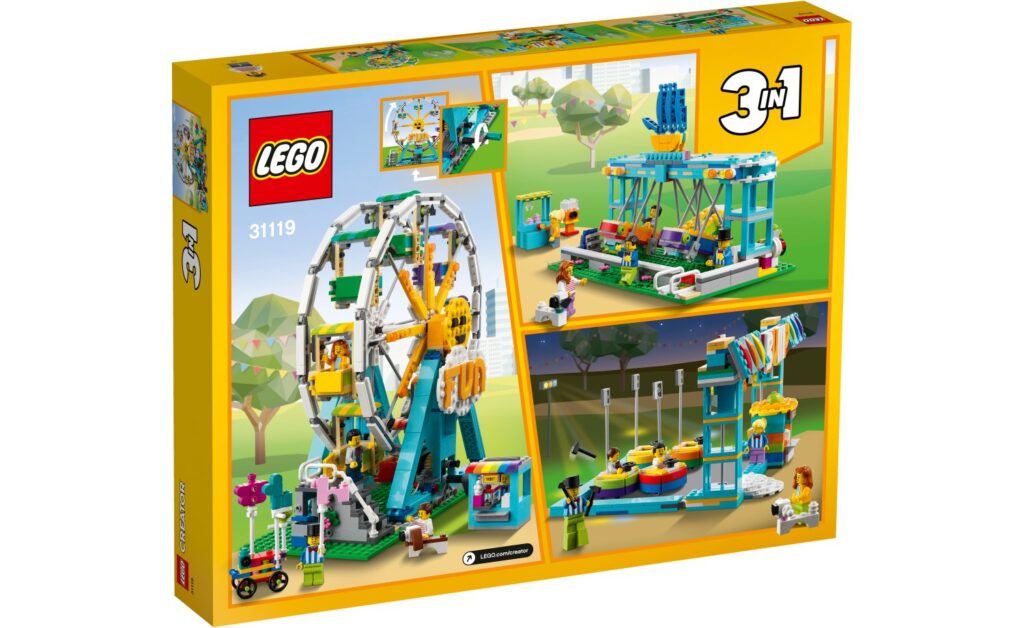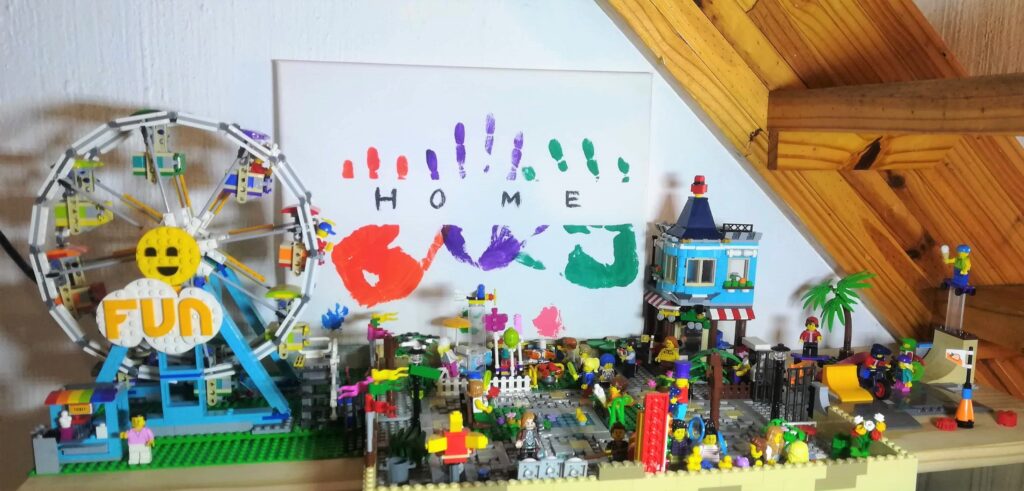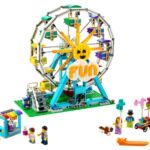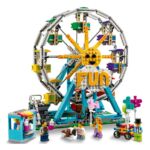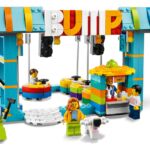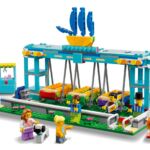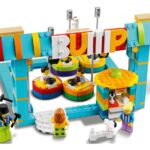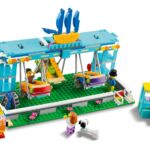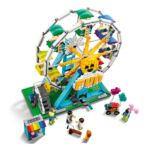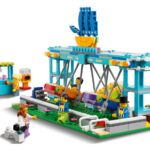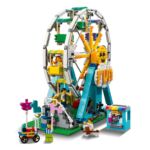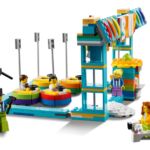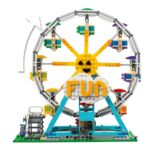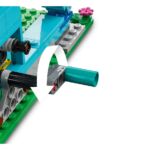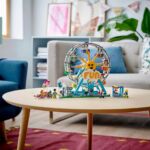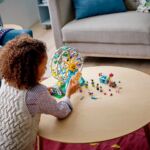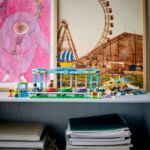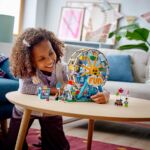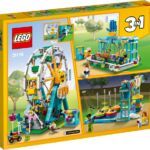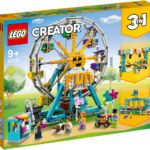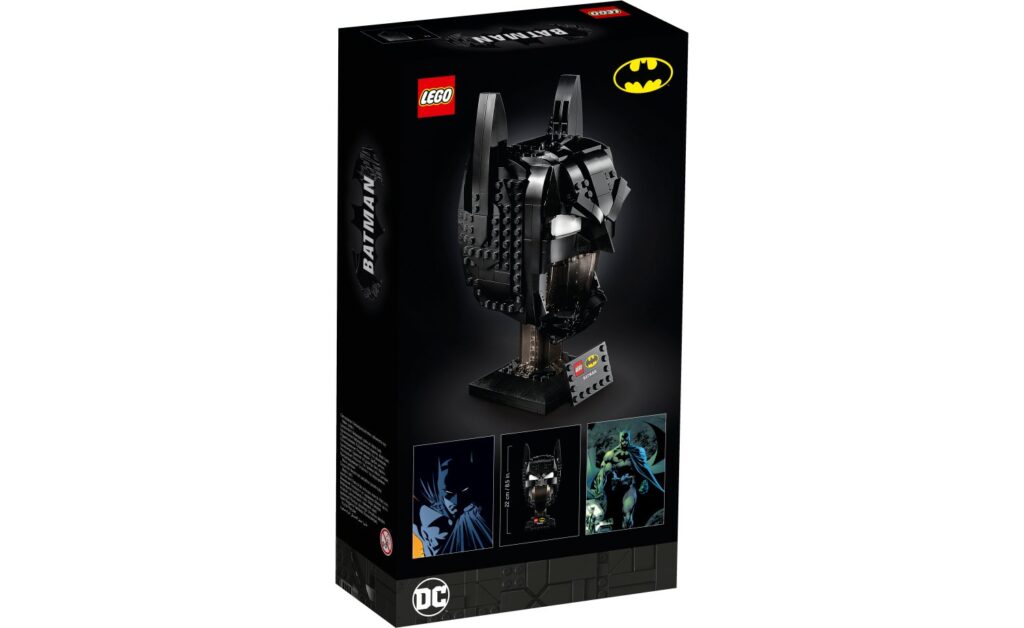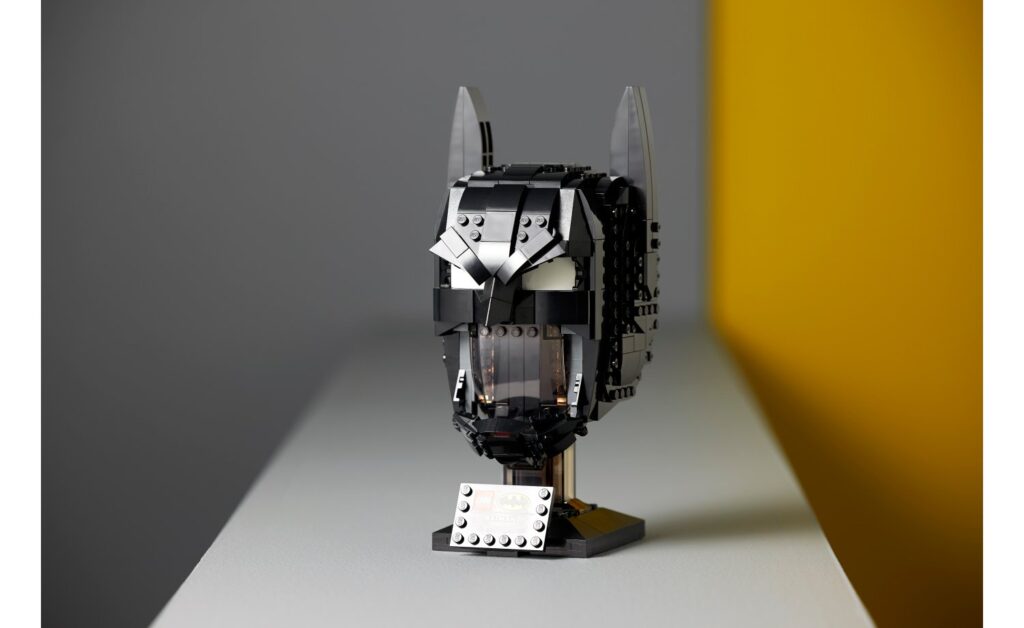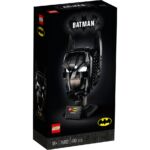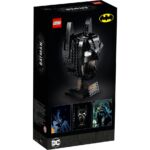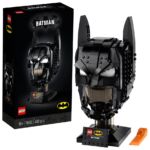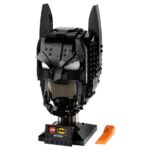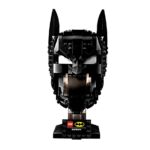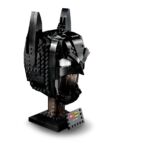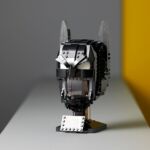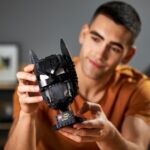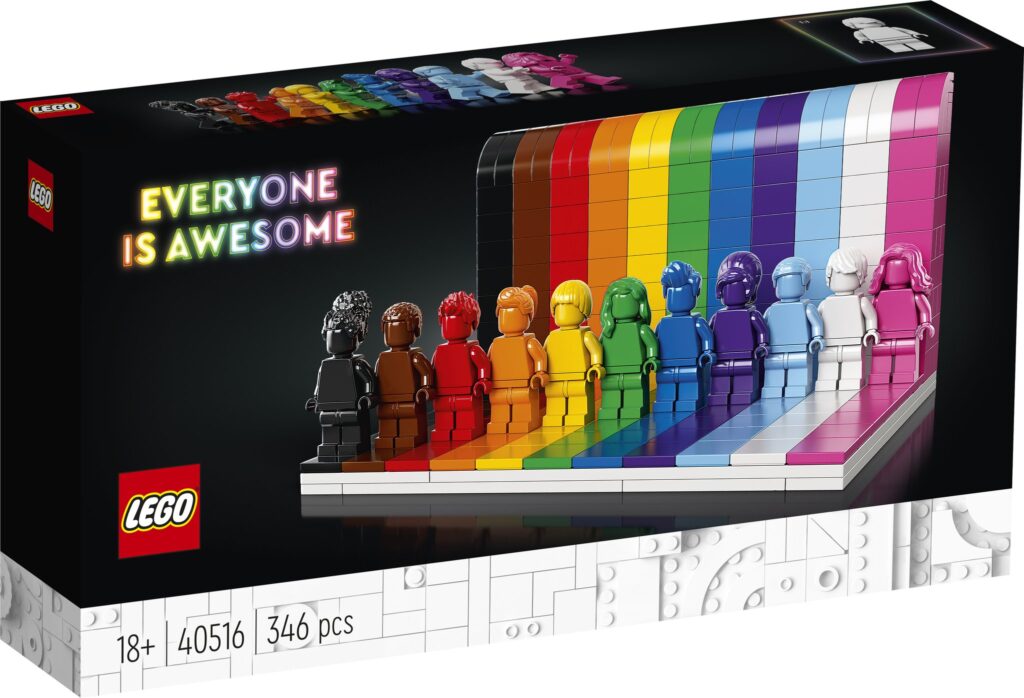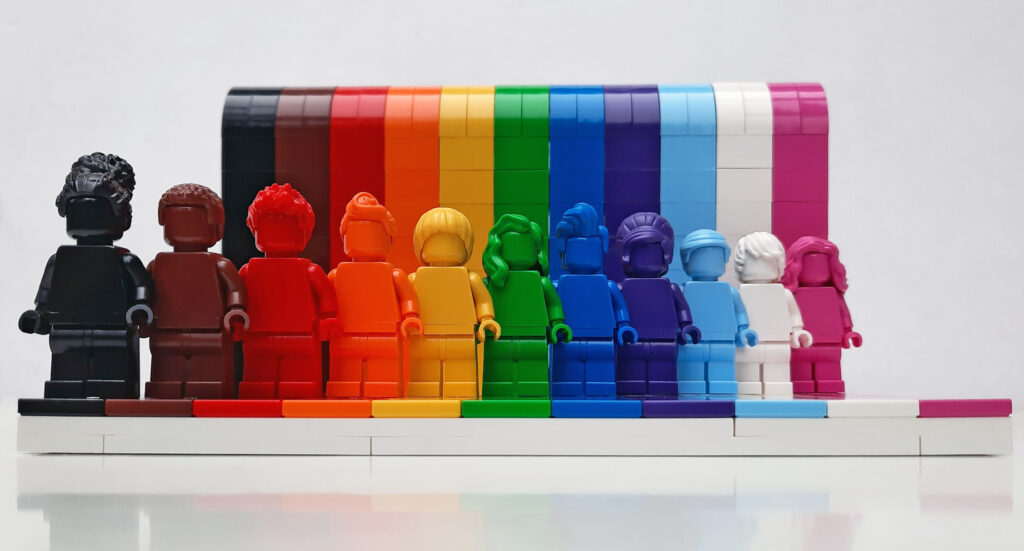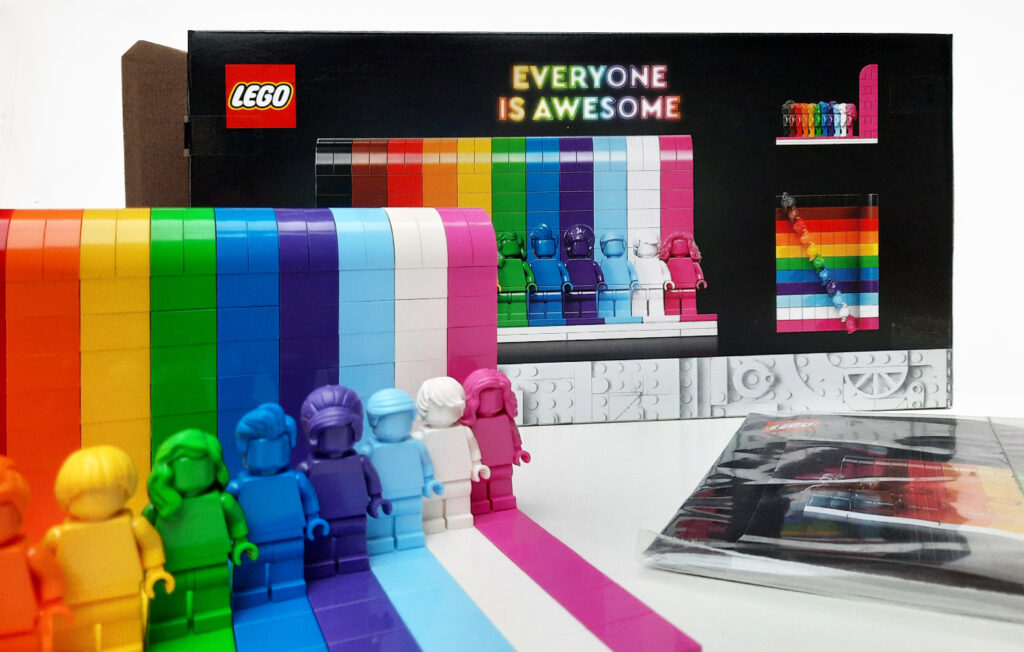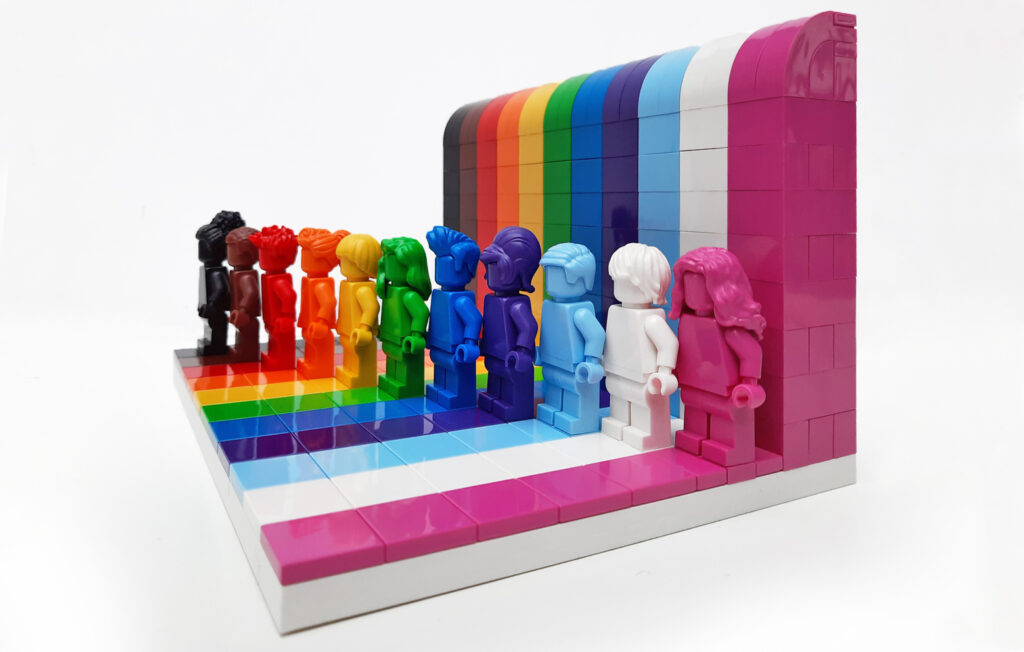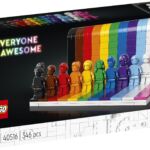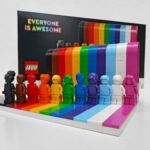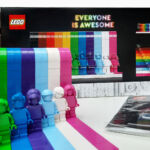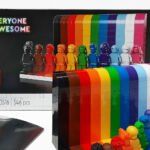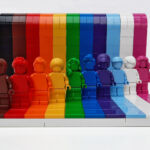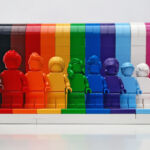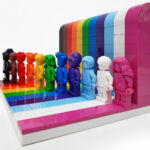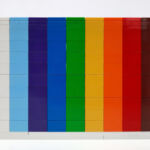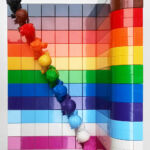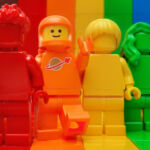Reviewed by Chris McGee (SAFOLs Member, jhbLUG Member)
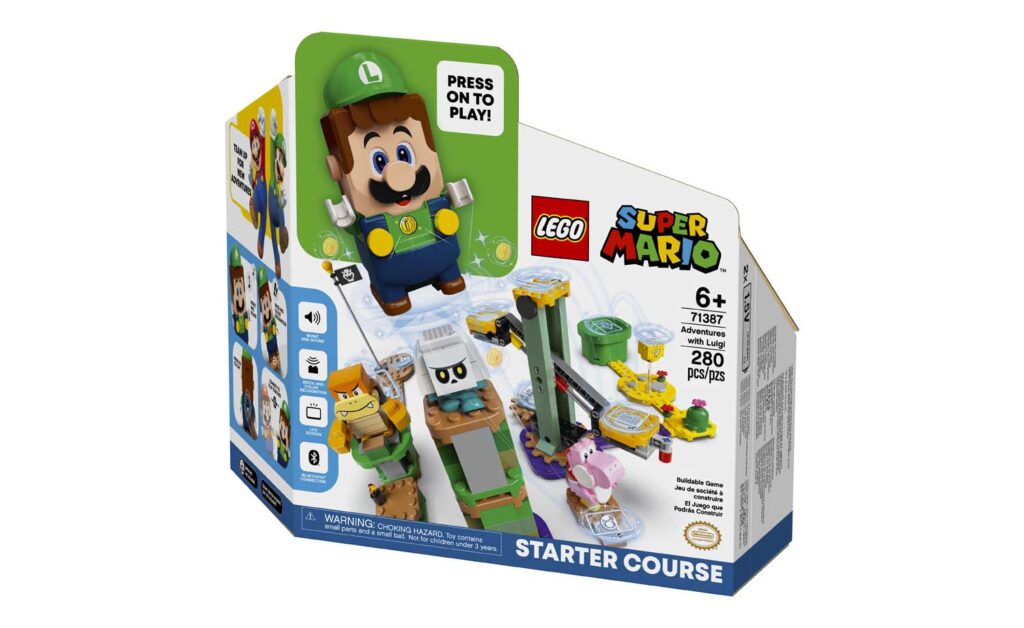
Introduction:
So it has been a while since my review of the Mario Starter Course set and a lot has happened, both in the theme and at LEGO® but seeing the Luigi starter course being released, I put it on the to-do list from a review perspective. Although I was positive about the Mario starter course, I was concerned about the longevity of the theme and the play system but with the introduction of the Luigi figure, it shows that the theme has had some legs on it. Also as a side note, I haven’t covered the mobile application in this review, but you can refer to the review of the Mario starter pack if you would like some insights.
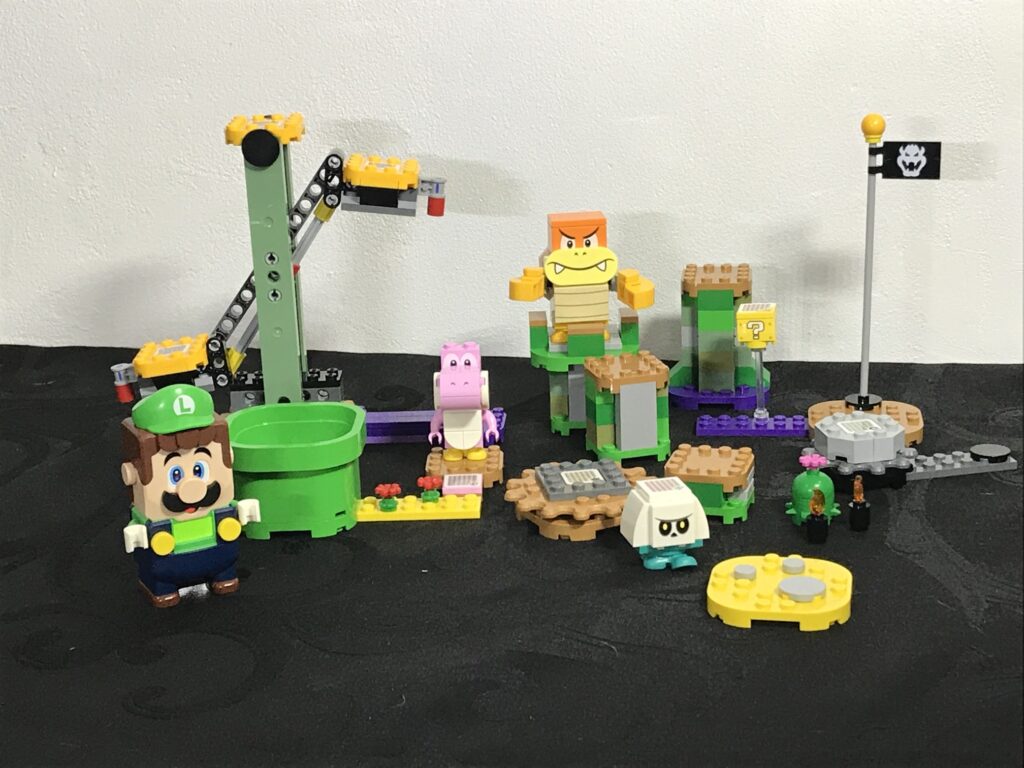
The Figure:
In my opinion, the Mario figure was one of the most creative technology items LEGO® has produced in recent history. With the likes of the augmented reality themes coming and going without much staying power, for LEGO® to bring out a new starter set, embracing the old technology as well as bringing in some new co-operative features shows a lot of positives towards the initial Mario starter set.
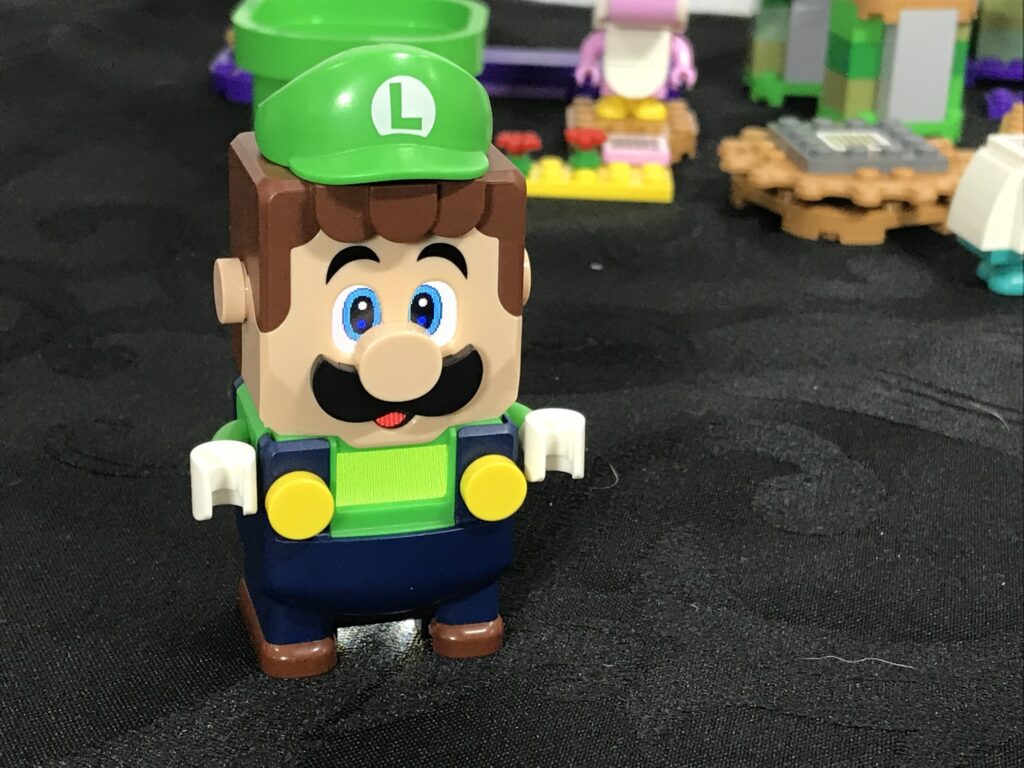
The Luigi figure itself is very similar to Mario, having the same shape and ability to use the power up packs (suits and the cap), although also being slightly taller and the features elongated to give the impression that he is slenderer than Mario as reflected in the games. One disappointment I had was that the printed “L” on the cap was printed slightly off center, and hopefully is an isolated incident.
The functionality and usage of the figure remains the same as the Mario and updates come through the mobile application which will allows for the same functionality across both Luigi and Mario. One of the great aspects though is that the voice as well as the recorded lines are different to Mario giving you a semi-authentic play experience.
Best feature that has come with the Luigi introduction would have to be the new co-op feature. Essentially, you can use both Luigi and Mario in unison and actually play a 2-player game mode (Note: Mario figure not included in this set). The 2 figures can be paired using the Bluetooth functionality and now you can build a larger course or have multiple routes and play alongside your friend. A bonus to this is that Mario and Luigi also have talking points such as saying “Hi” to each other.
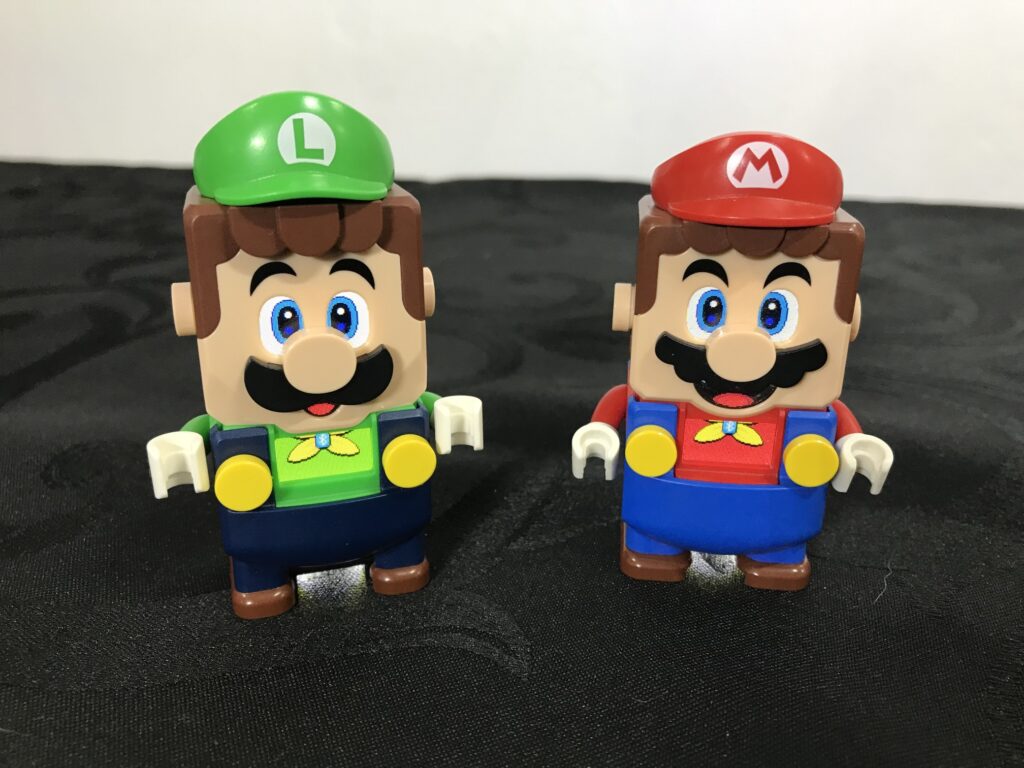
The Builds and Course:
So I noticed when building the set, that a large portion of builds were made to be more geared towards the course building system versus focusing on small modules, rather than the original Mario starter set which did try and guide the course a bit more.
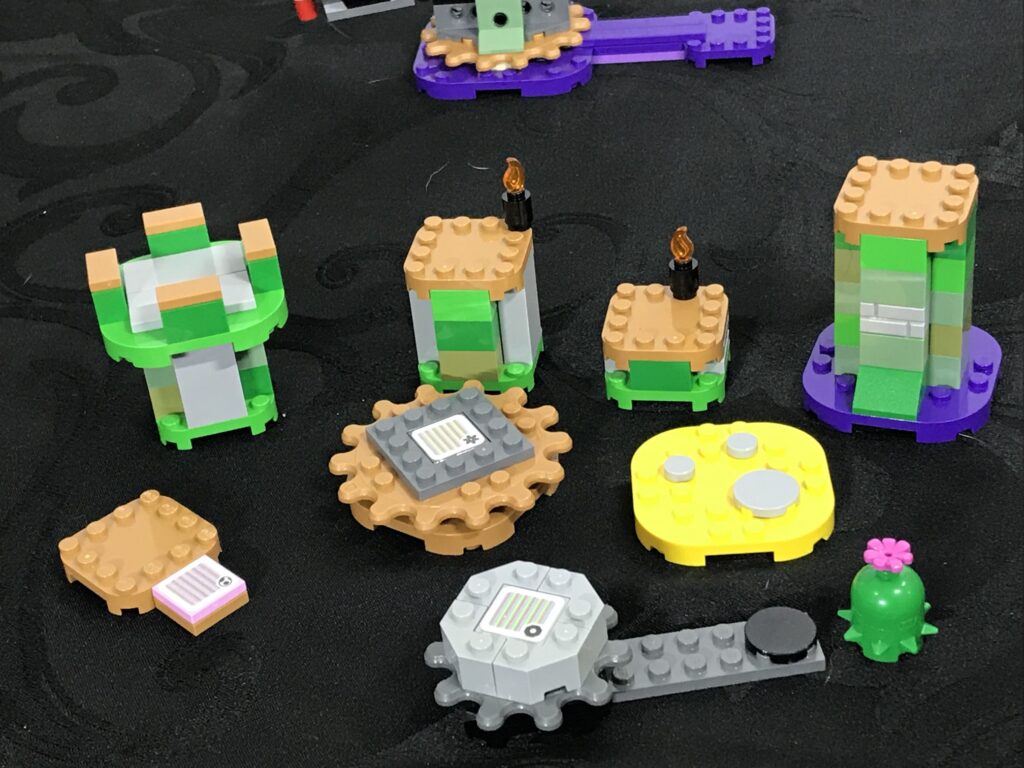
The set also comes with extra plates for joining the different platforms and does allow for more intuitive creativity in the play and course building. It does also come with the starting pipe as well as the end flag which seem to be almost identical to the original starter set which I feel should be the case given this is also meant to be a starter course, and the inclusion of a single question mark block is a handy addition.
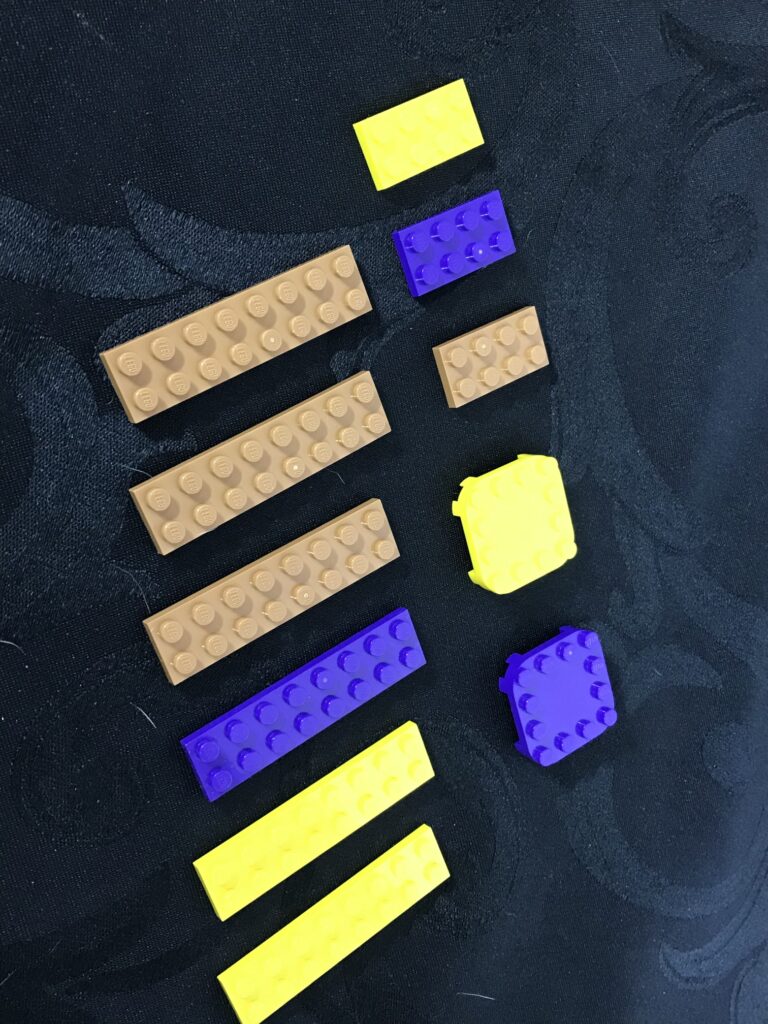
The core play function in the set comes from the inclusion of 3 characters and a rotatable see-saw build which is quite interesting.
The use of the “splat” gear modified plates which come in the separate platforms allows you to spin your Luigi (or Mario) to earn coins, but then also connect to and spin the rotating see-saw. You can also use the figure on the see-saw itself and earn coins by bouncing from either side. However, this was clearly built to be done in a co-op mode with 2 of the figures playing in tandem effectively teetering from side to side on the see-saw, or one figure spinning the platform and another figure busy on the see-saw. Playing in co-op with this build was a lot of fun trying to maximise the coin collecting.
The Characters:
Alongside Luigi, the set includes a Pink Yoshi, as well as 2 enemies to battle, being a Bone Gumba (in a walking pose) and Boom Boom, one of the many koopalings.
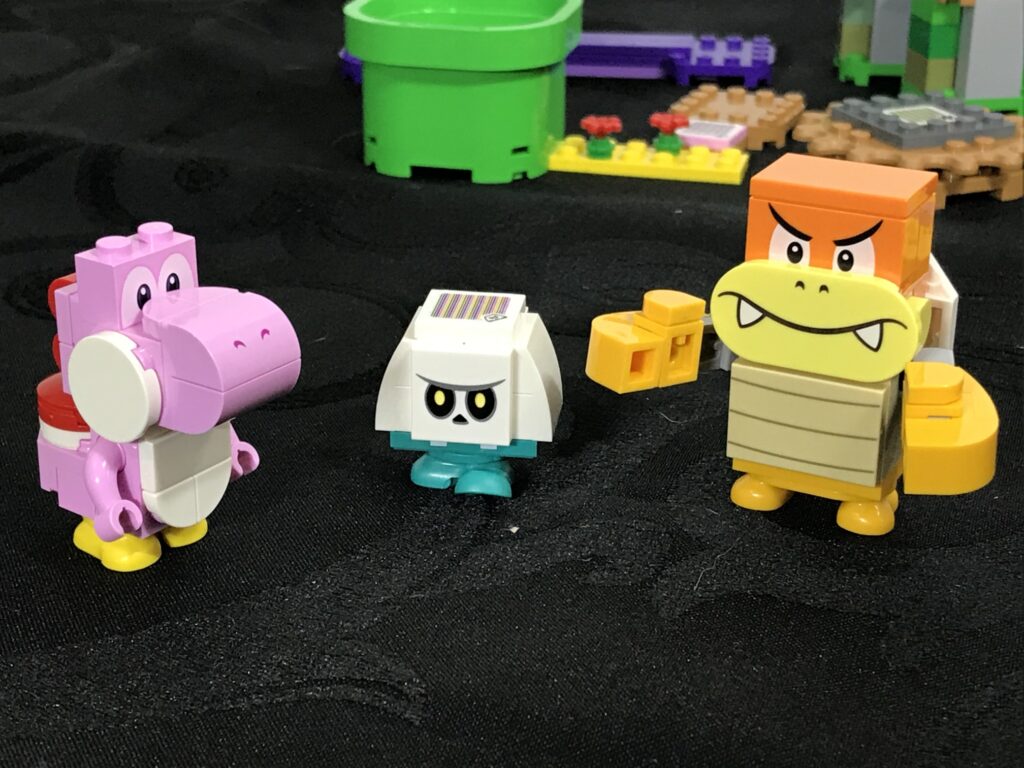
I am appreciative of the inclusion of the Pink Yoshi here as the original starter set did lack some additional aspects to the interactions available. It is a solid build although pretty much the same as the Green Yoshi which has been available from the first wave of sets. The printing of the eyes could have been more opaque though. The Boom Boom is a welcome inclusion and is a well thought out build giving the right shaping of the head and fists as well as nicely articulable arms using the mini-ball joints. The Bone Gumba is also very welcome since we did see more (and probably too many) regular Gumbas in previous sets.
I have heard of people who don’t enjoy the brick-built characters and would have preferred new moulds, and it is the same debate which happens with the different dinosaurs that LEGO® release. I can see that side of the argument, but for me, these brick-built versions really do give a great aesthetic to the course building system, and I do think that the designers have done a good job with them.
The Verdict:
This is a better value starter set with some extra interaction, an additional character when compared with the original with an additional 50 pieces and 280 pieces in total versus 230 pieces. The cost of the set is clearly down to the Luigi figure as the technology factor influences. However, as I said in the prior review, the technology really is great and worth the price of admission in the set.
But I am not sure if getting this set alongside the original version (if you have it) would be needed. If you are like me and need the Luigi to be alongside Mario and enjoy the new co-op features then the set more than attends to your needs and ticked all of my personal boxes (with some annoyances on production quality as mentioned through the review) But if you are happy with Mario or are not a fan of the course building system of play or fairly simplistic builds, it may be just more of the same…
